Six Sasaki Projects Honored by 2023 SCUP Awards
The Society for College and University Planning (SCUP) has honored a total of six Sasaki projects across three award categories
 Sasaki
Sasaki
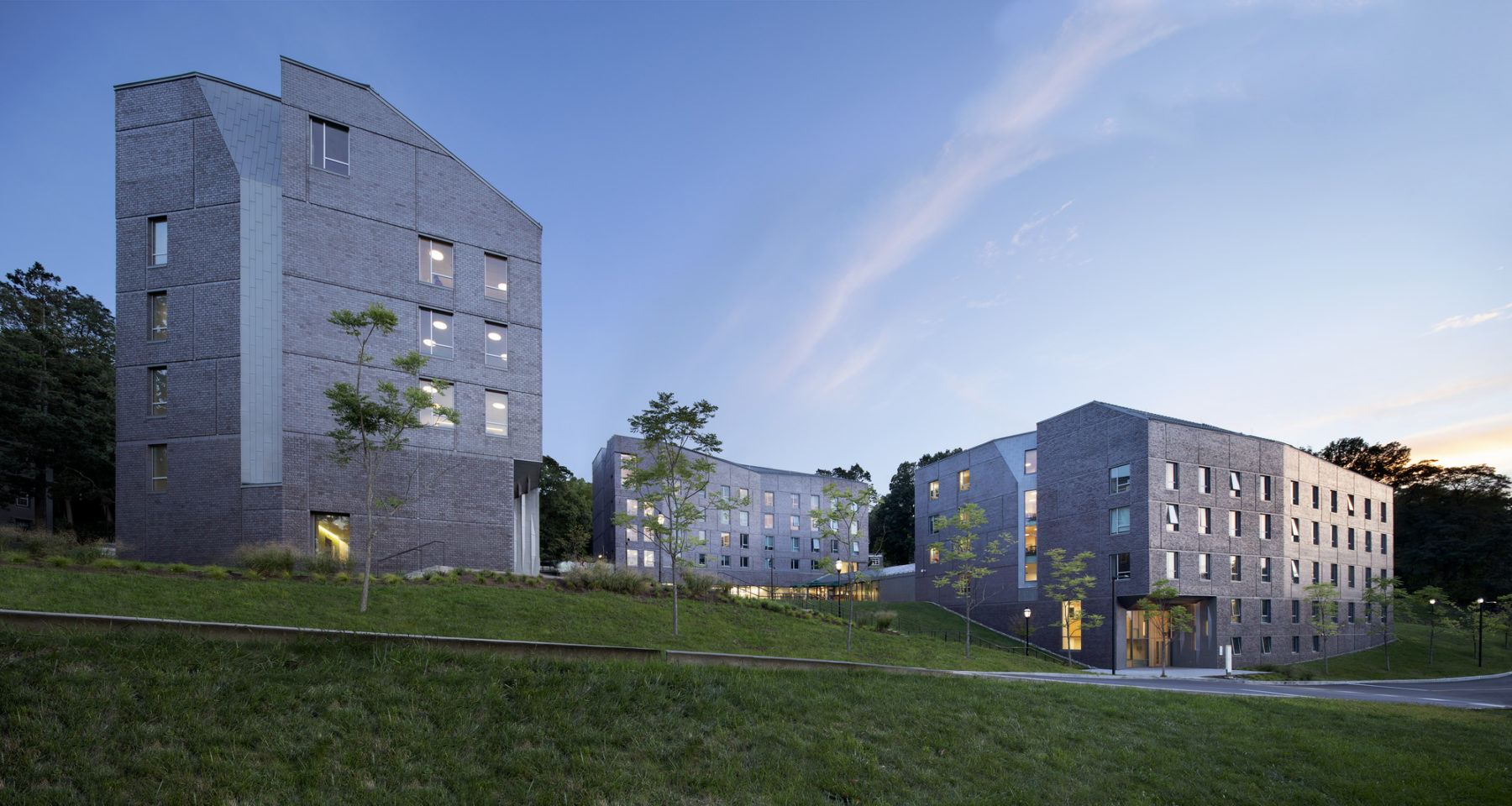
Lehigh’s new student housing complex creates connections by weaving together new indoor and outdoor student life spaces on this mountainside campus
In 2016, Sasaki began working with Lehigh University to transform the student residential experience on campus. After identifying a long-term strategy for renovating existing housing, taking outdated buildings offline, and adding capacity to support the school’s growth, the school and the design team identified what was missing on campus: hangout and group study spaces and a “bridge” typology that offers more privacy than a traditional dormitory but more community than apartment-style housing.
The new residential houses provides this desired space by strategically weaving together a common route where students can make connections and strengthen their residential community. The design also includes a cohesive strategy for open space that respects the historic campus character and steep topographic conditions.
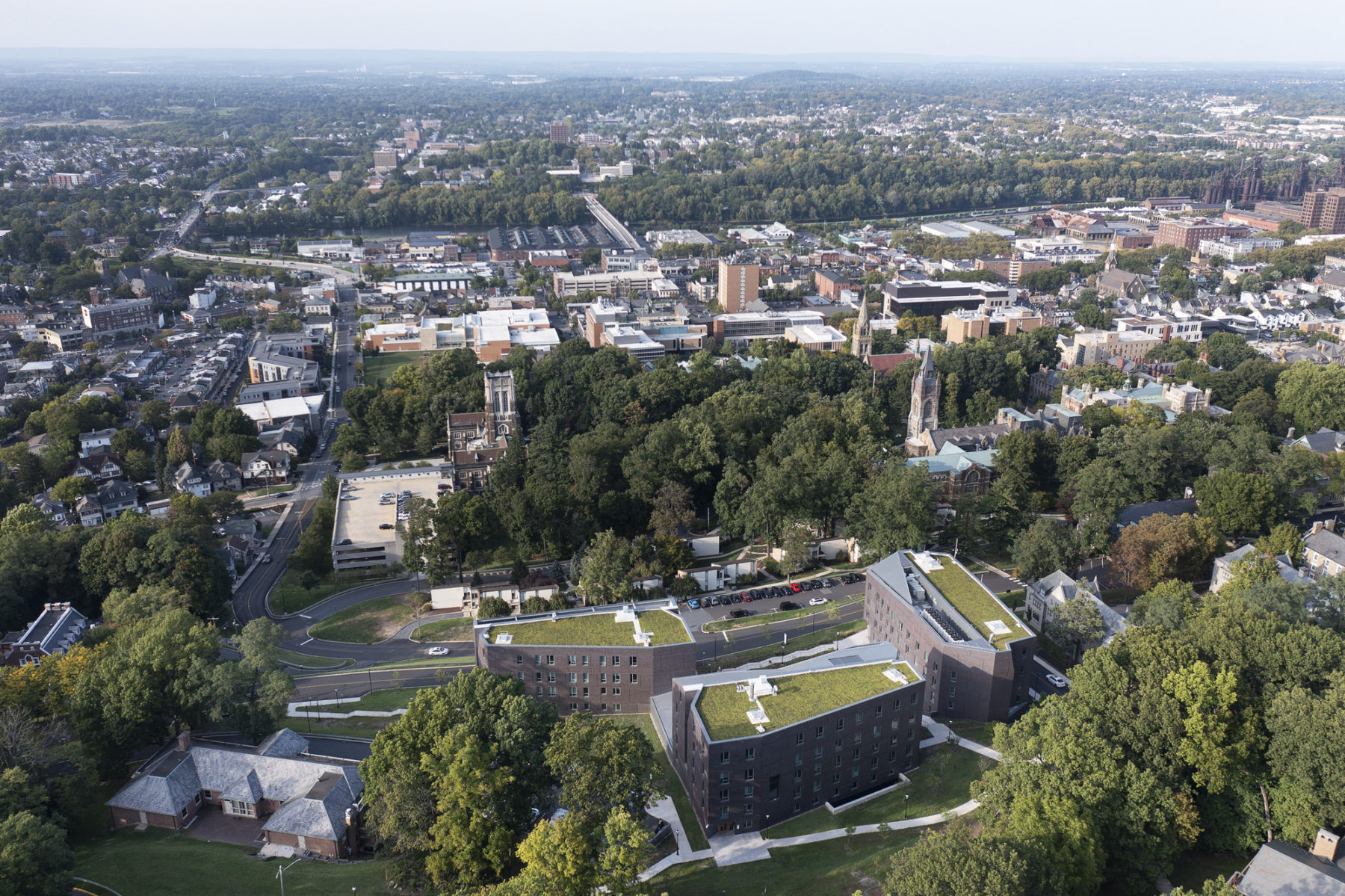
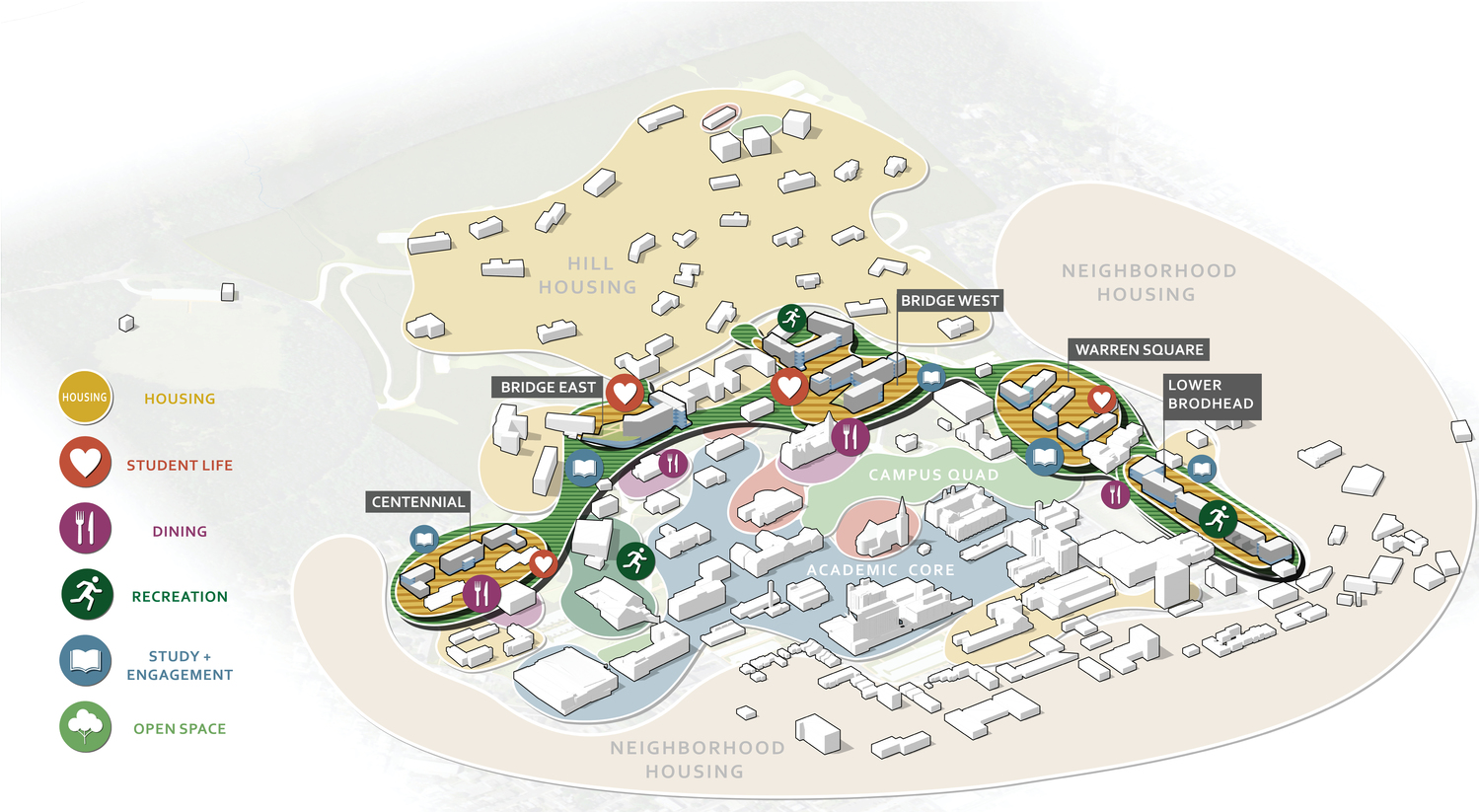
The long-term housing vision for the campus includes strategic projects that strengthen the ring of housing by densifying and connecting existing communities around the academic core
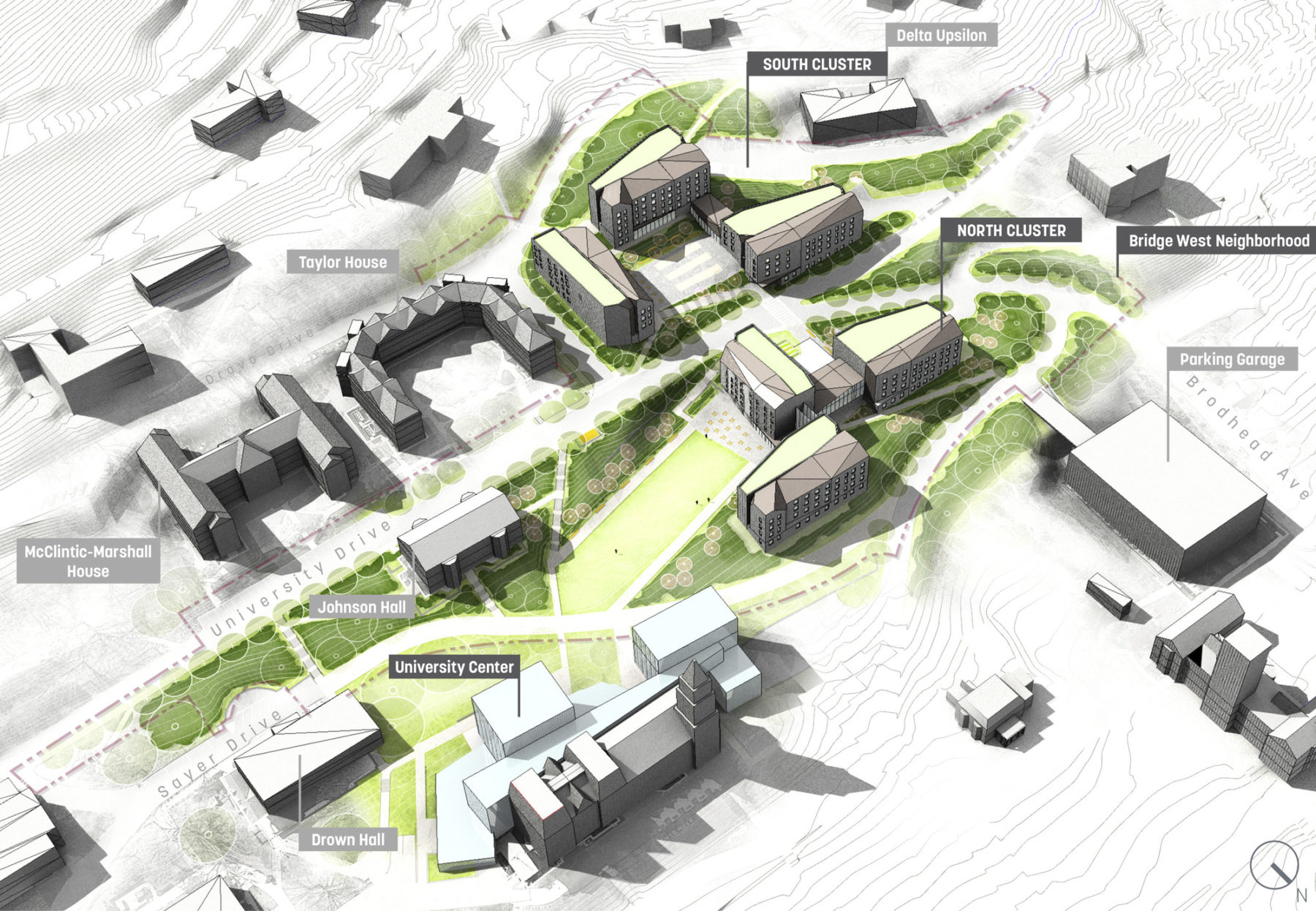
The residential neighborhood includes the South Cluster and North Cluster buildings. The undergraduate “bridge” housing connects the academic core and residential districts and provides much needed unit types and student life spaces.
The buildings are sculpturally crafted within the scale of Lehigh’s traditional residence halls. The material palette picks up on the campus’ prevalent Pennsylvania bluestone and metal roofs, while the ironspot brick alternating between smooth and rusticated textures harmonize with the iron-rich local stone used on surrounding buildings.
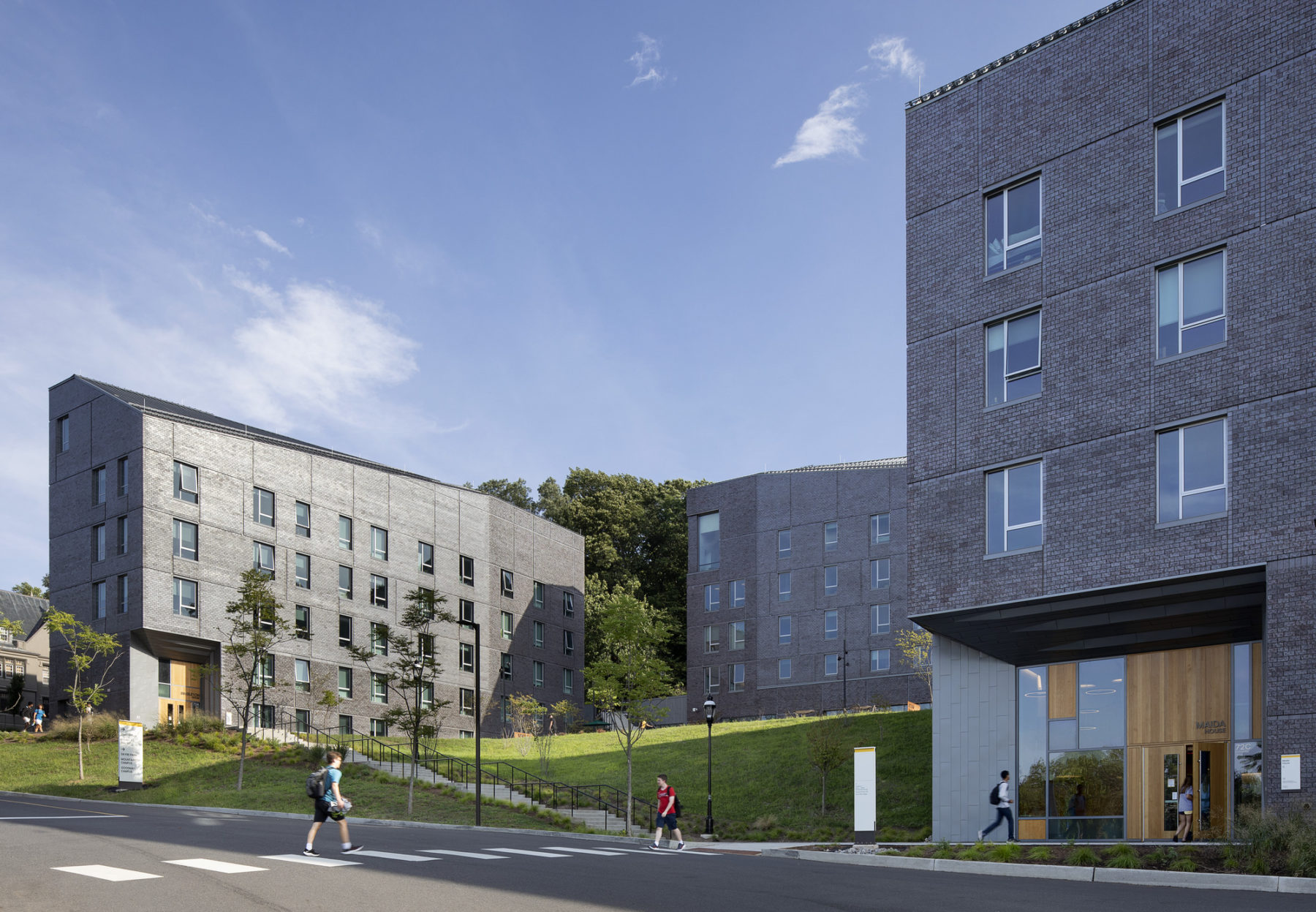
The campus is currently organized around east-west terraces with few north-south (up/down hill) connections given Lehigh’s steep topography. The new housing complex, comprising the South Cluster and North Cluster buildings, adds a new accessible public route that traverses six stories of grade change and links together student life programs. The design also opens up views and new outdoor spaces that connect the campus’s historic core to the residential hillside. The final design successfully reconnects the residential experience to the broader heart of campus with a sustainable and contemporary living environment.
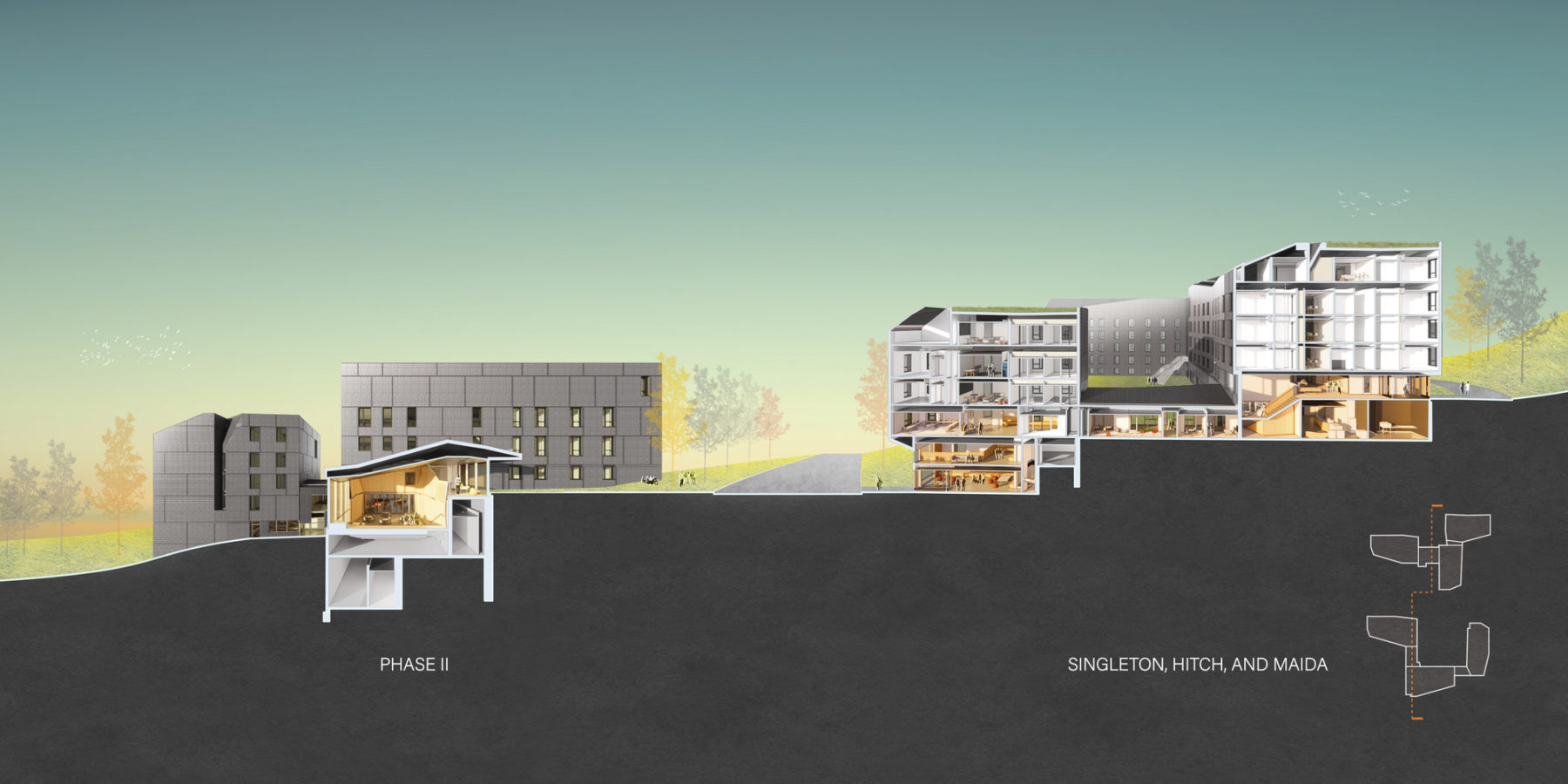
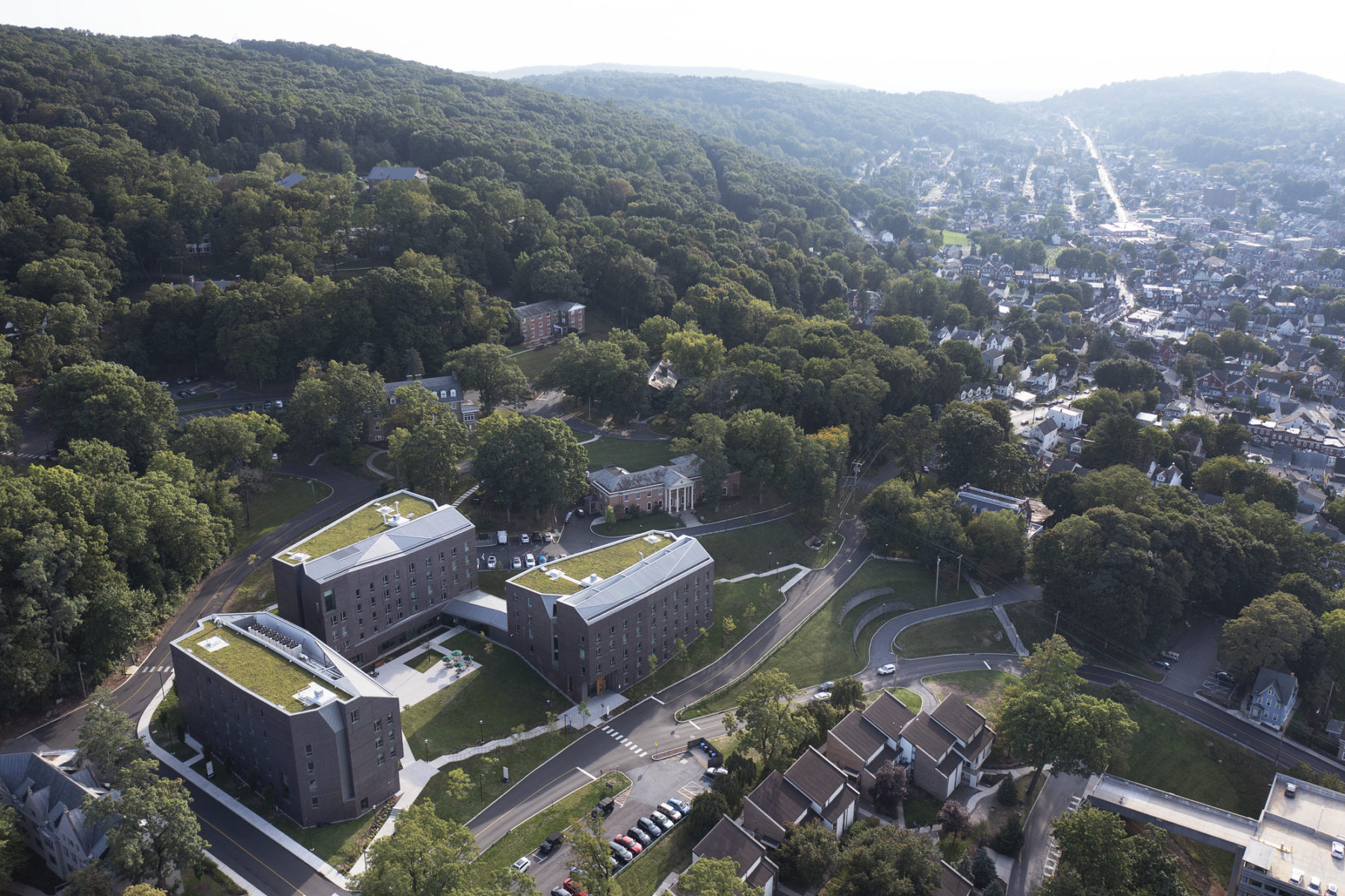
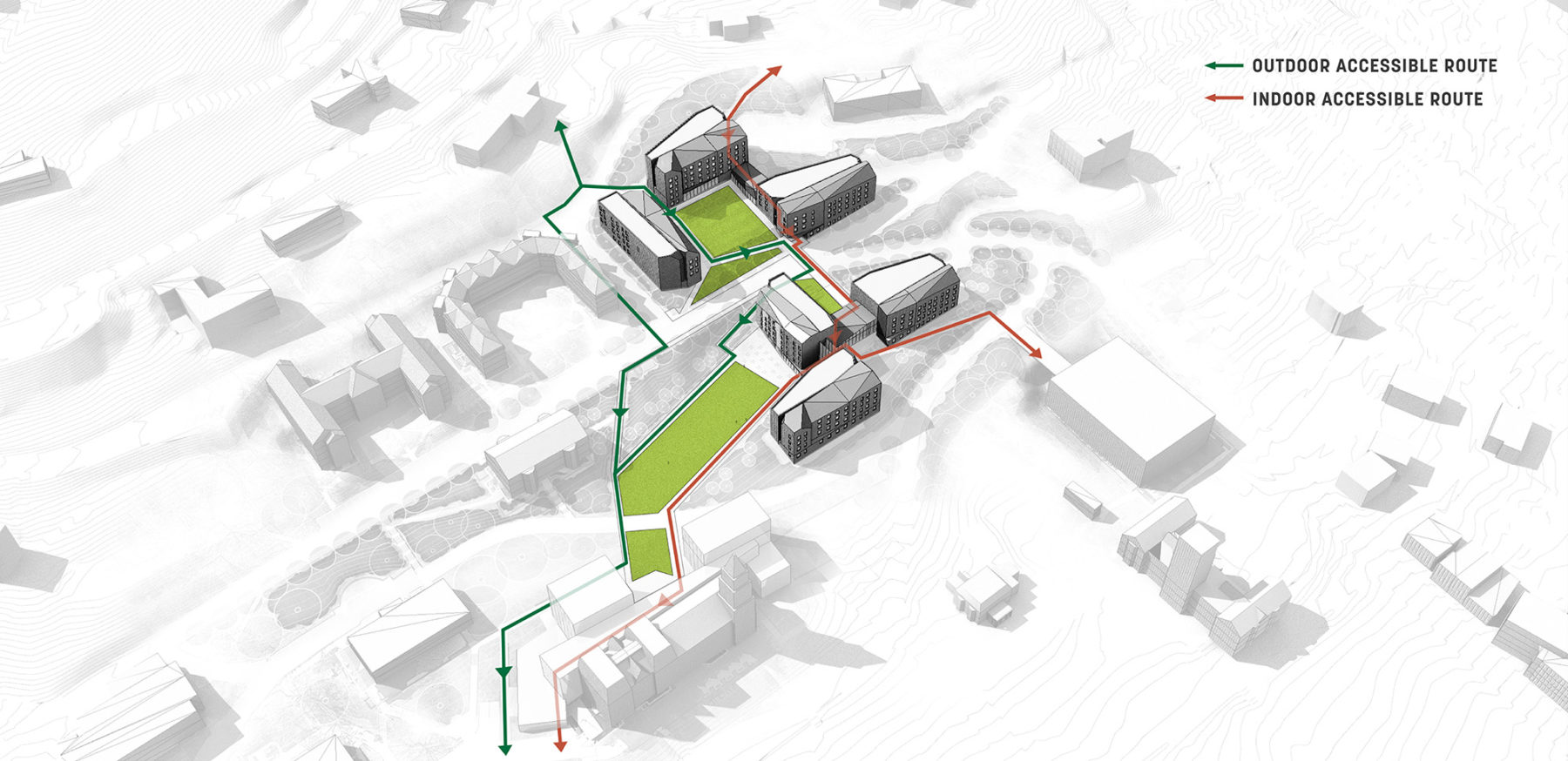
The project creates connections and fosters community by weaving together new indoor and outdoor student life spaces
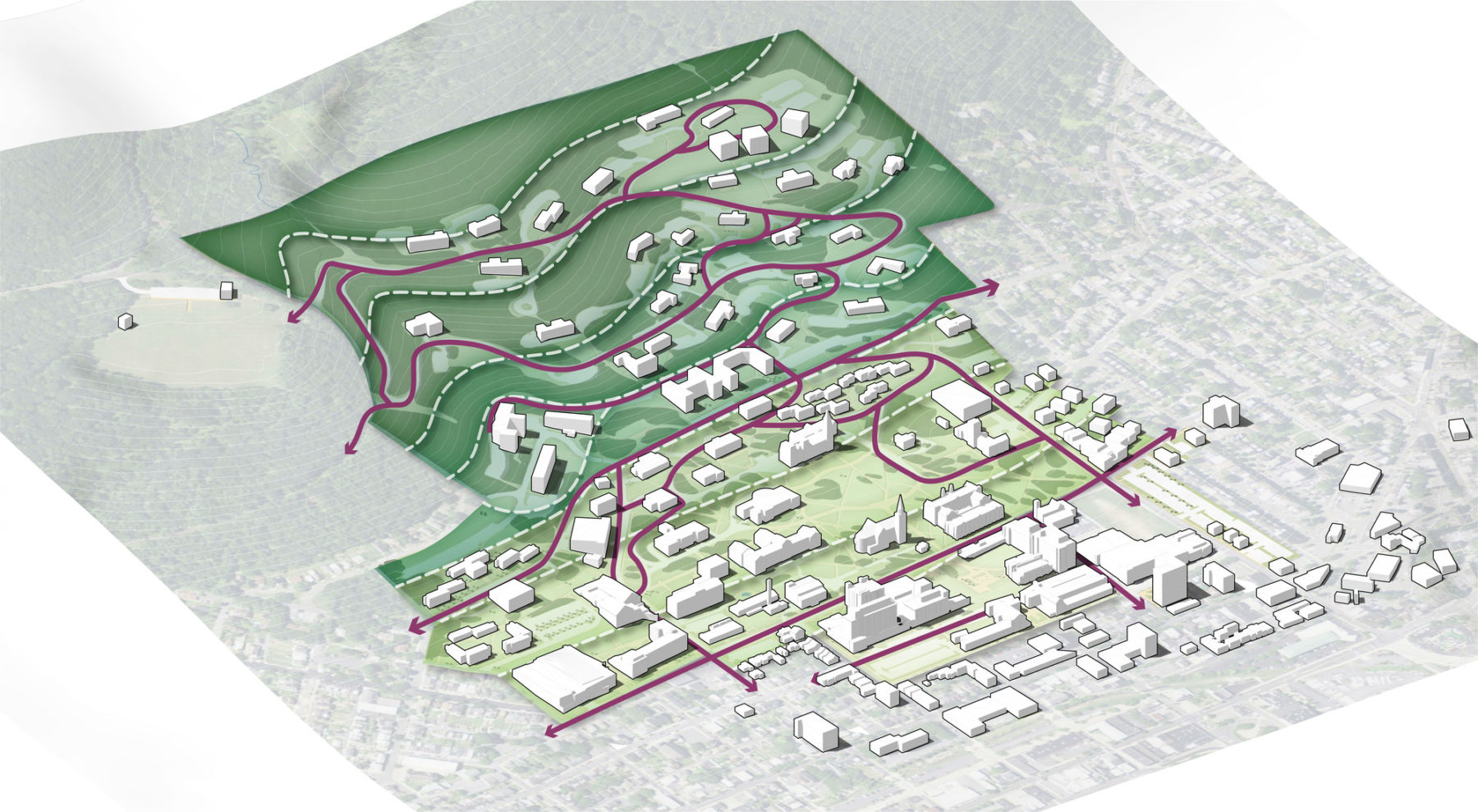
Horizontal zones
The landscape design, in addition to bridging large variations in elevation, provides active spaces that flow from indoor student life venues to new outdoor recreational opportunities. The team studied the ecology of the surrounding woodlands to fine-tune plantings and update the core campus’s parklike landscape to provide habitat restoration and stormwater management. These efforts extend onto the green roofs of the buildings, connecting the entire complex to its landscape.
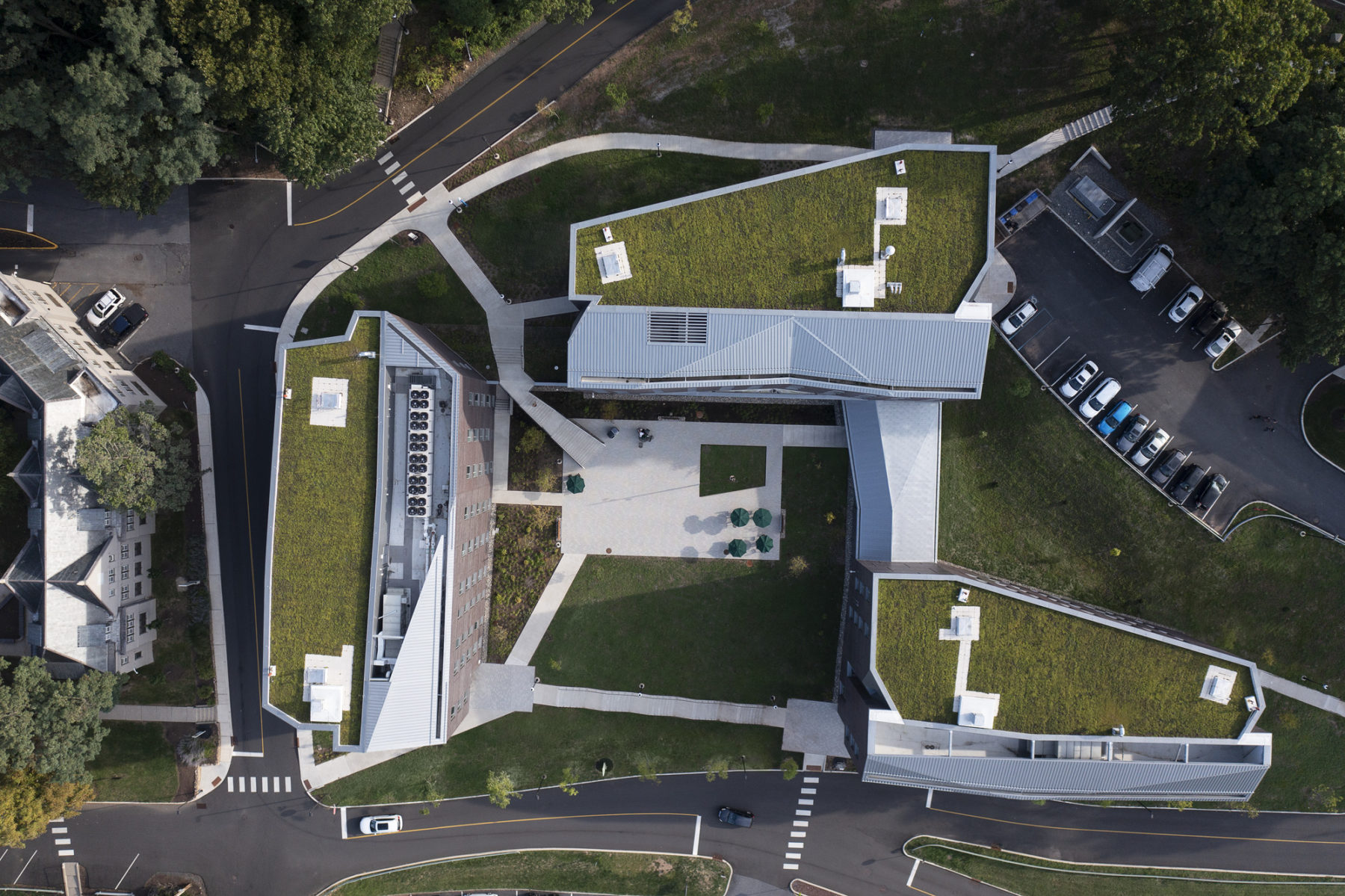
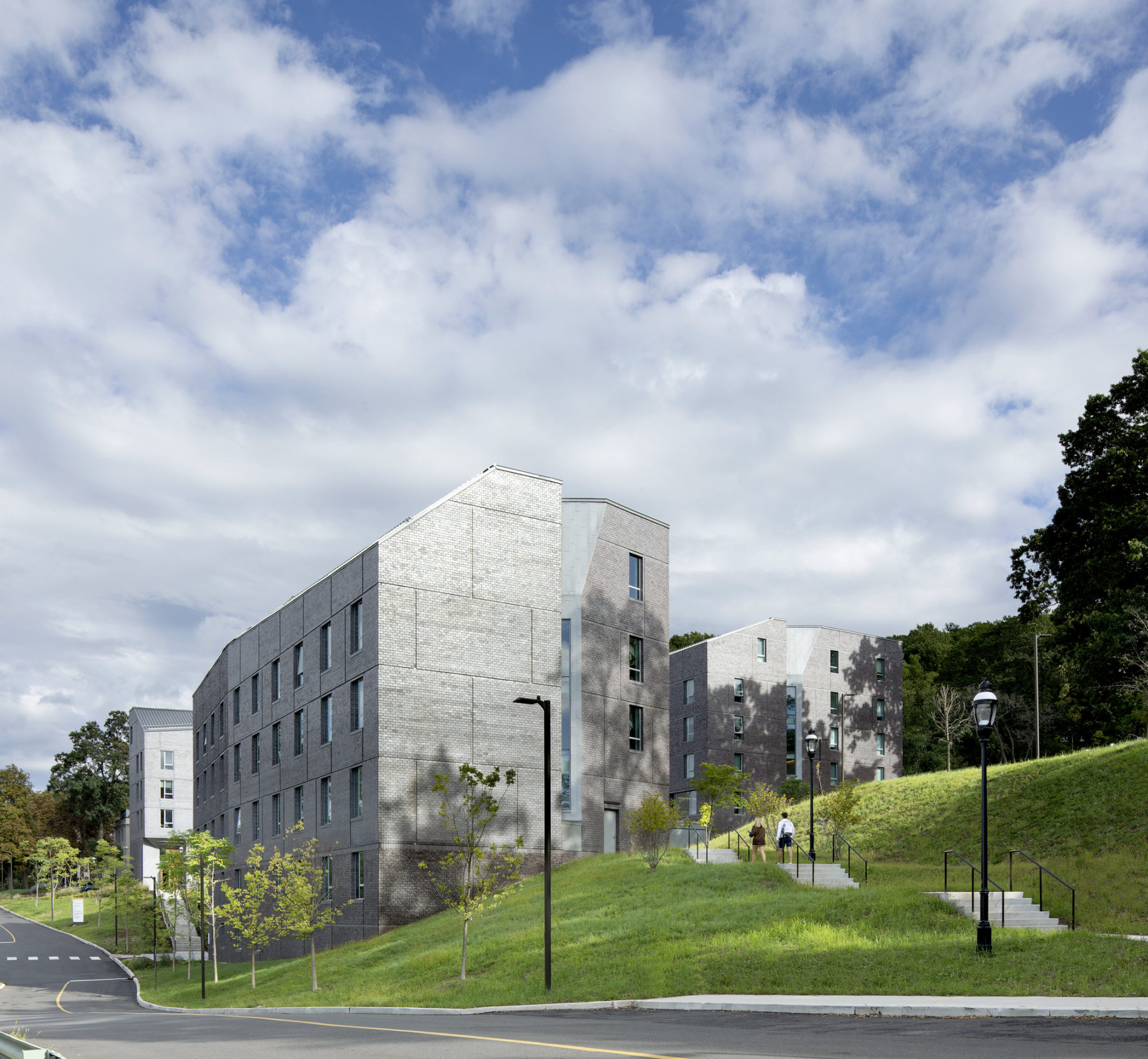
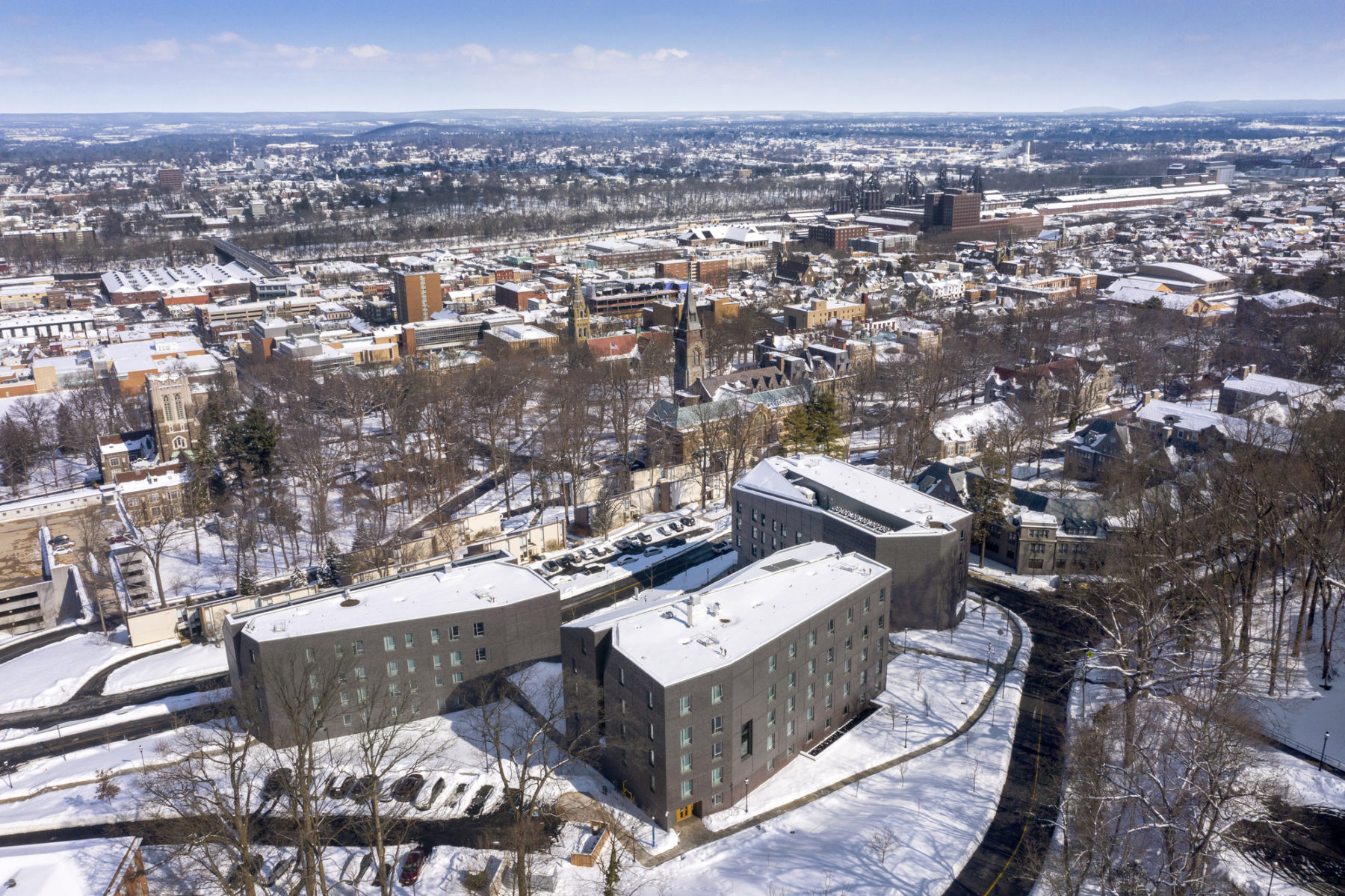
The central campus includes dramatic views and stone buildings that are experienced in the round. At the campus periphery, long, linear residential buildings form courtyards. The new buildings echo the solid, prismatic forms of the core campus while also framing new, active courtyards. Their forms are inspired by the campus context of late-19th century stone and brick laboratories and housing on a dramatic, lush mountainside landscape.
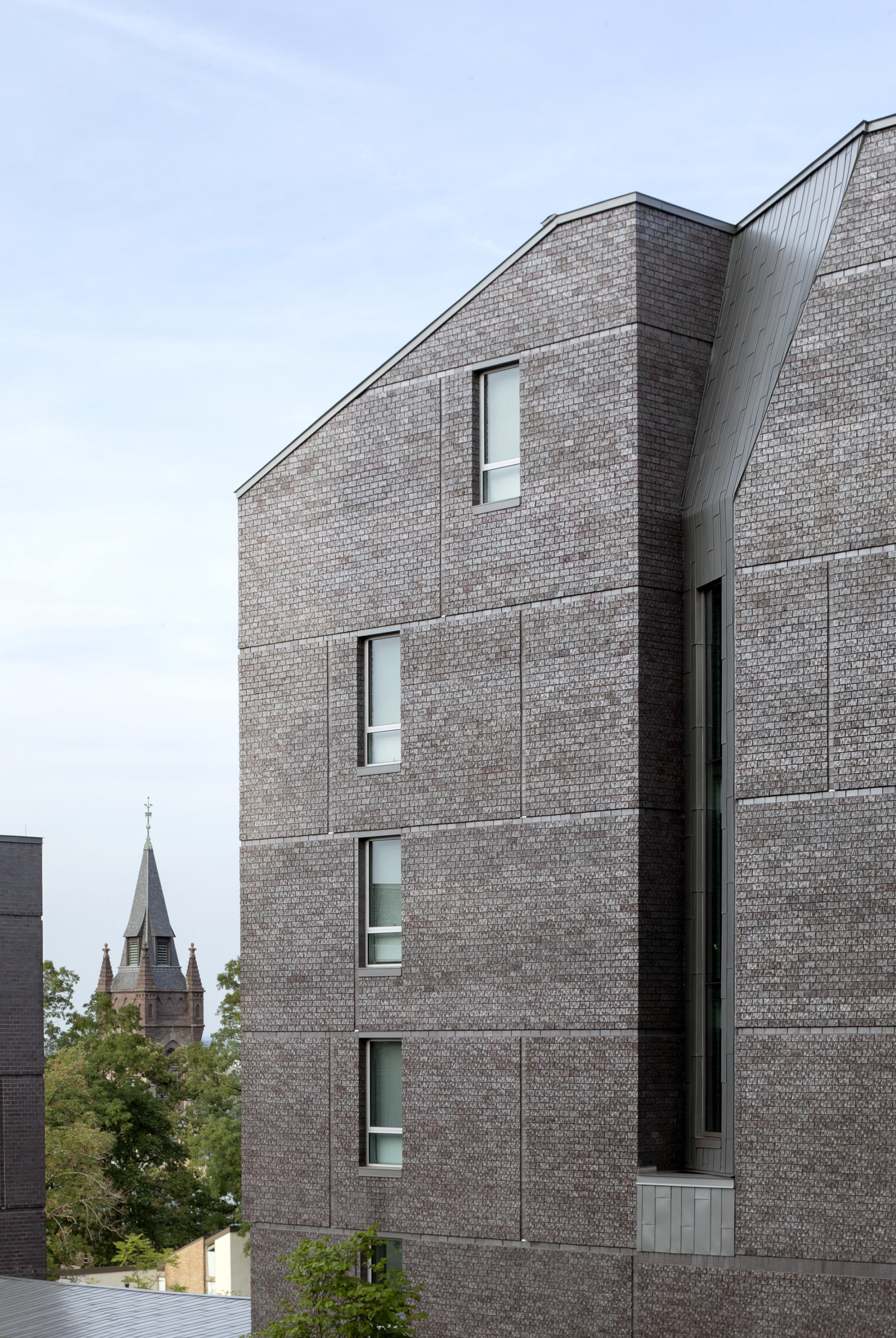
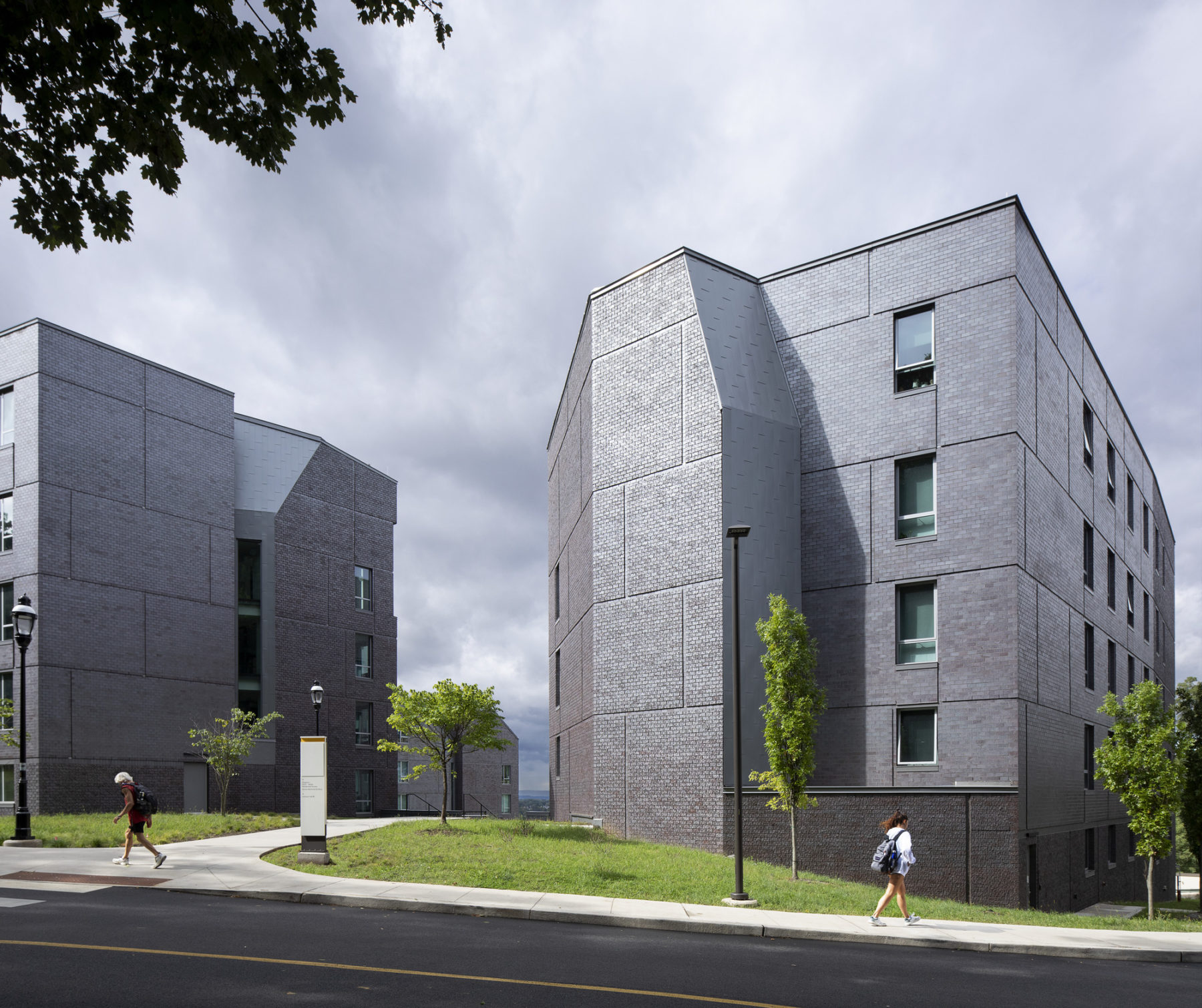
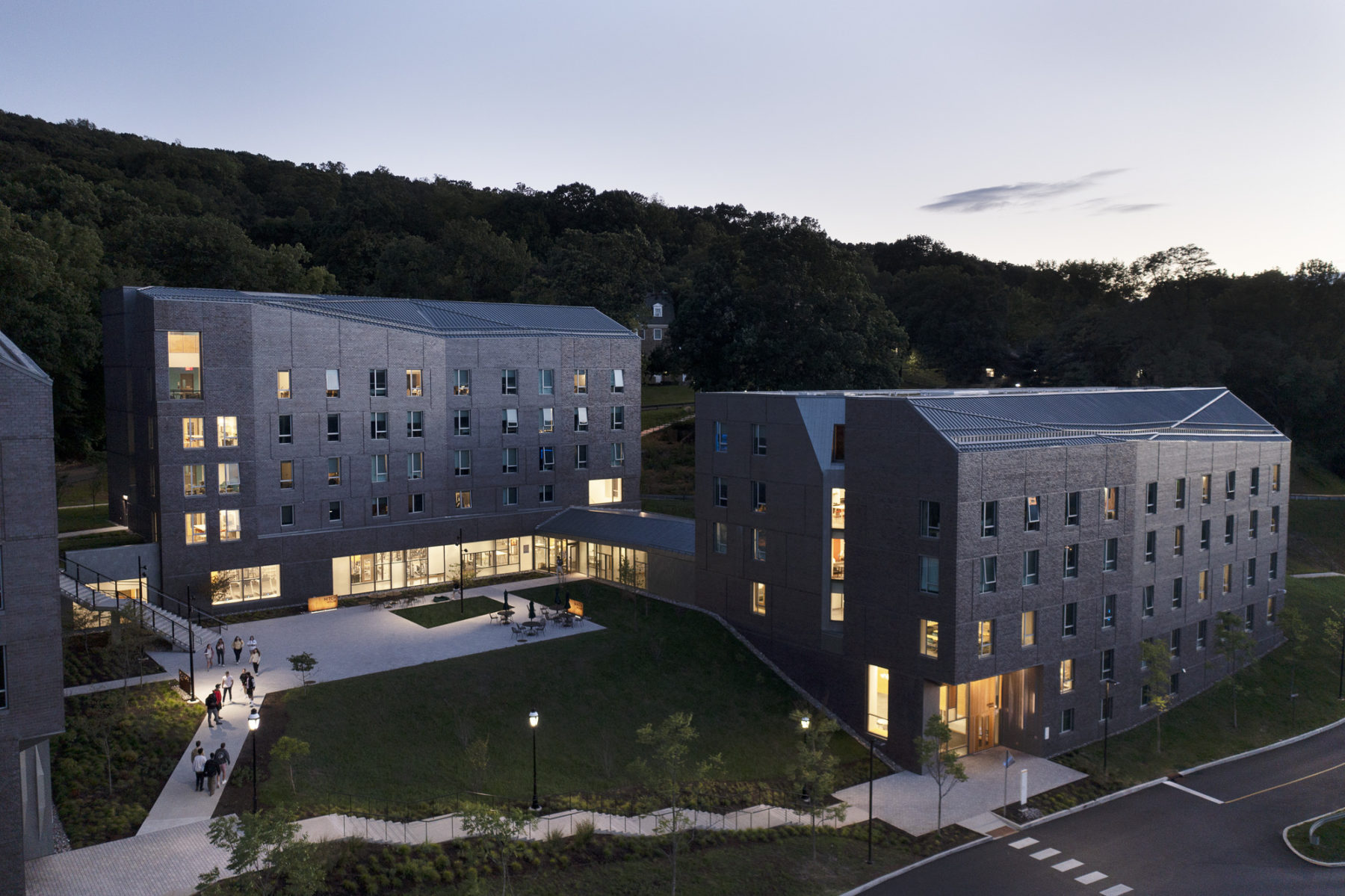
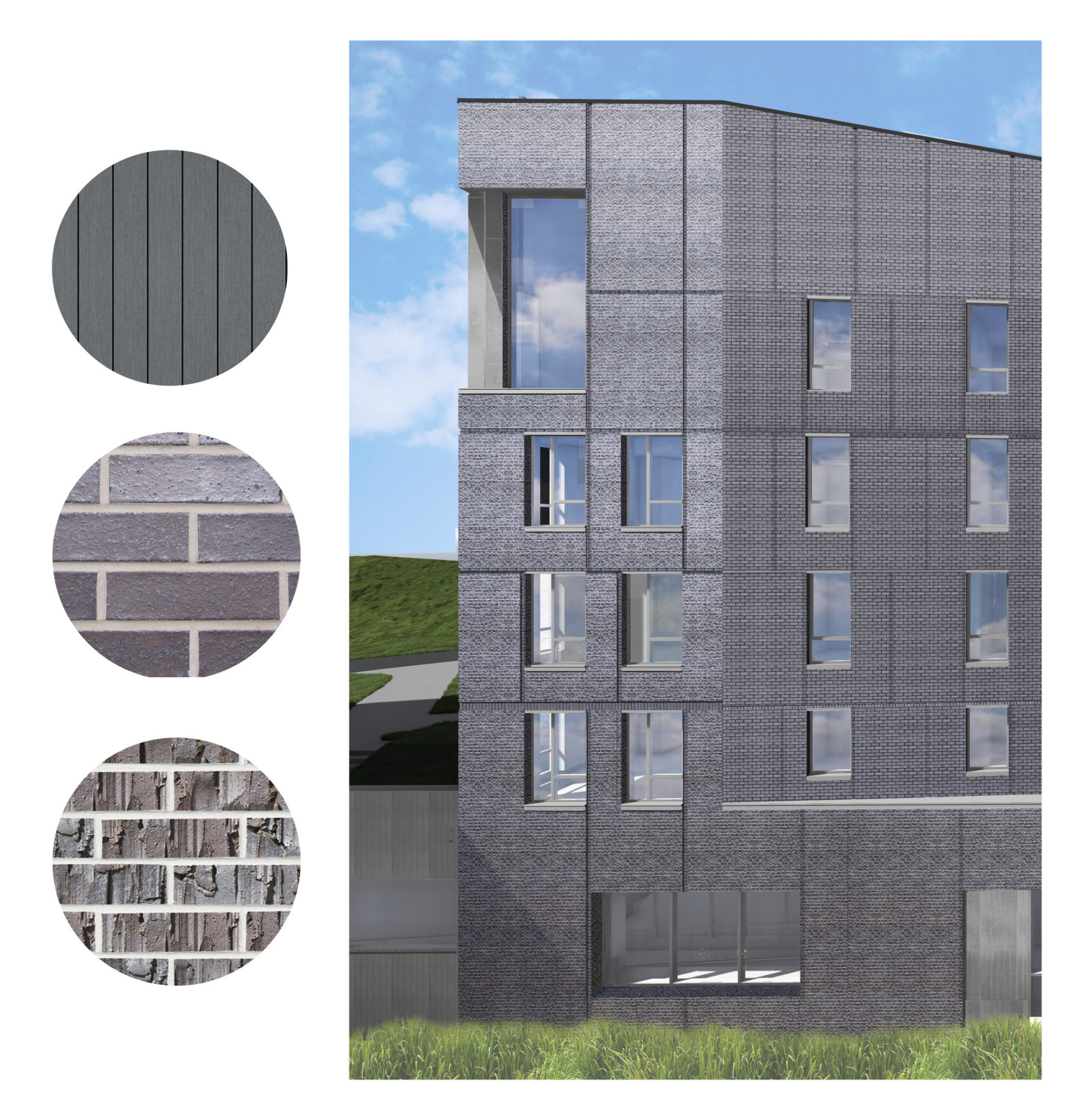
The exterior material palette includes a combination of pre-patina finish zinc, Endicott Dark Ironspot smooth modular brick, and Endicott Dark Ironspot smooth artisan brick

Principal Vinicius Gorgati comparing brick samples for the building facades
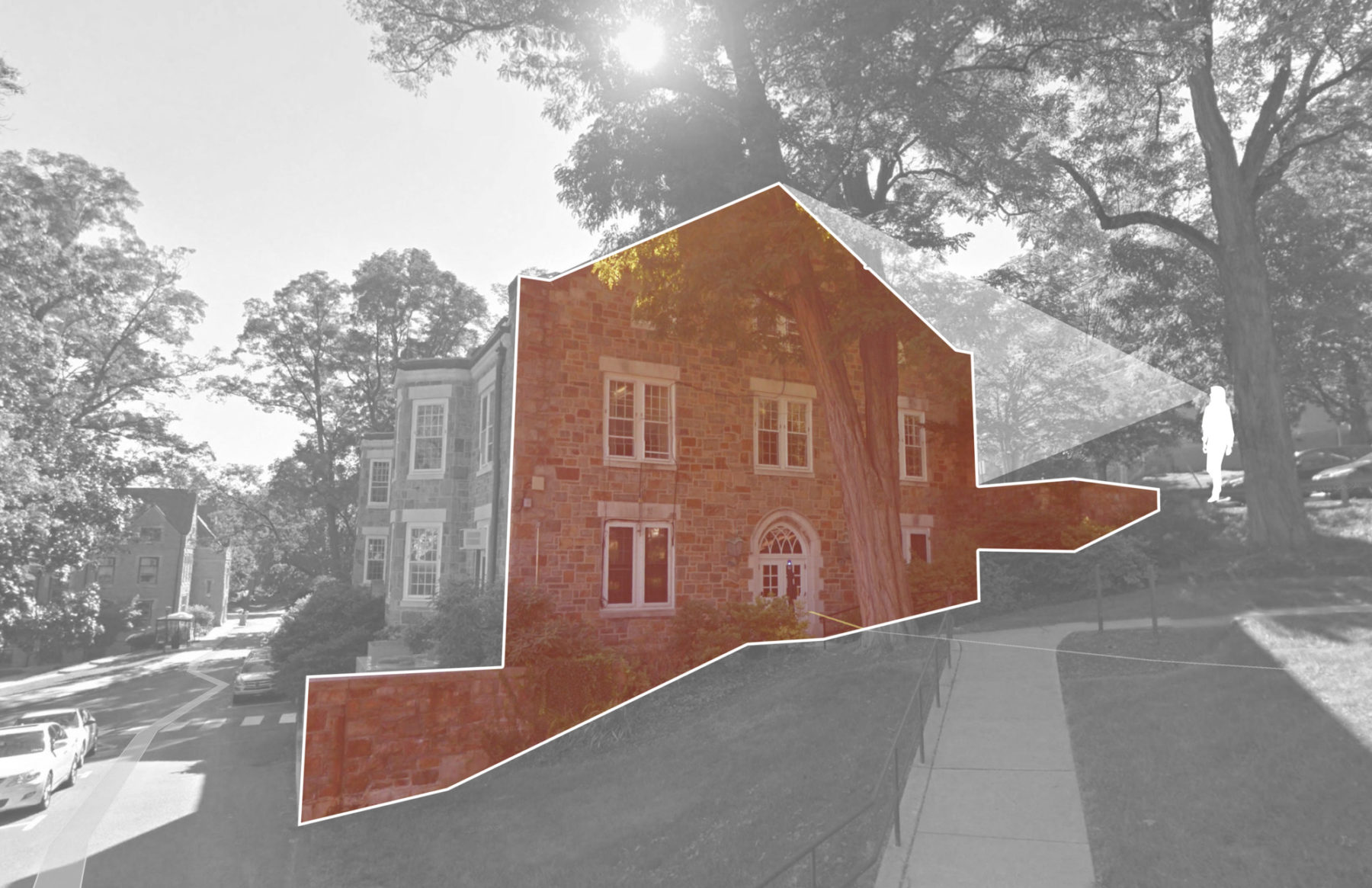
Rooflines of other buildings on campus define the form of buildings and are experienced as facades
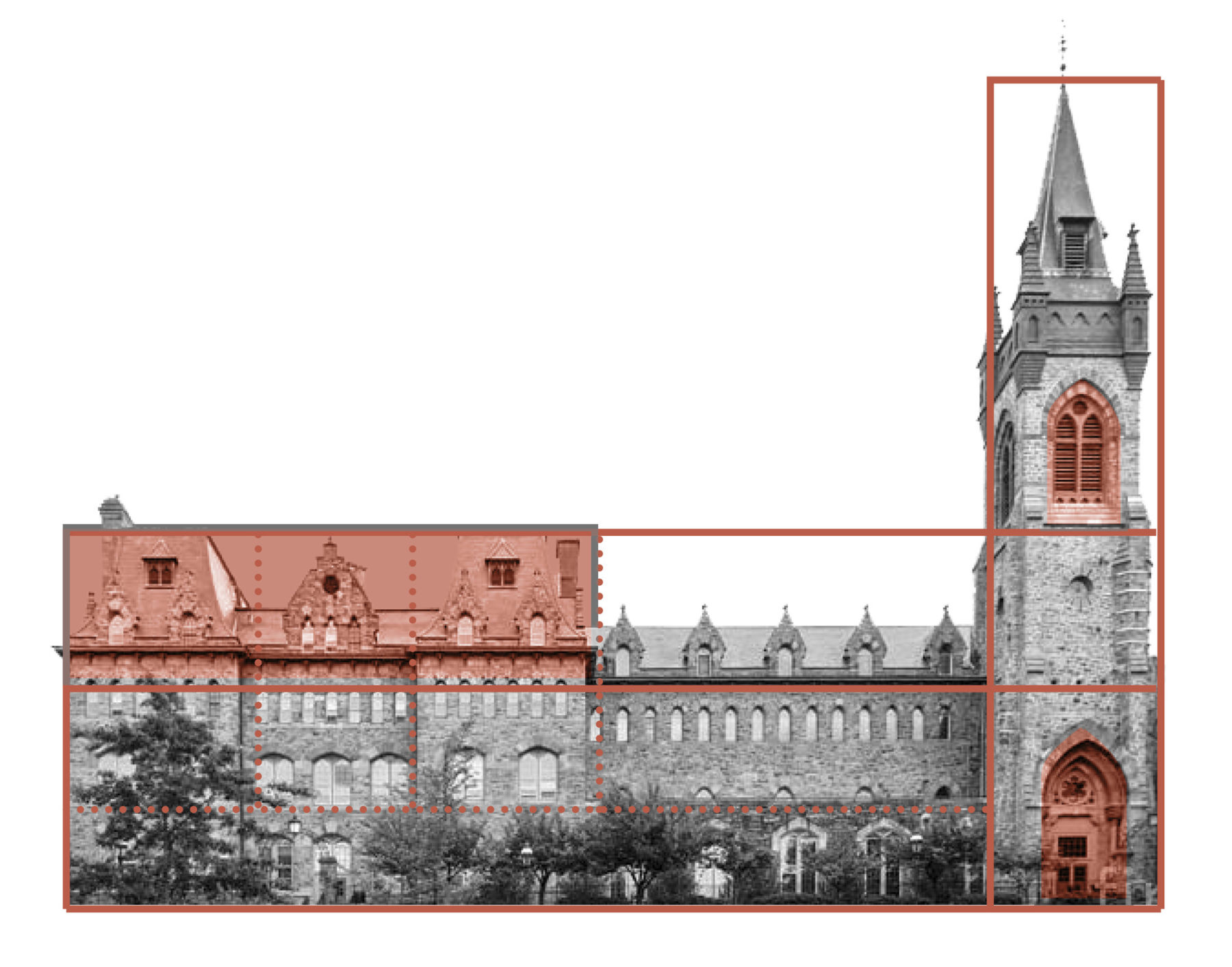
Roofs and towers govern window patterns
The exterior material palette includes a combination of pre-patina finish zinc, Endicott Dark Ironspot smooth modular brick, and Endicott Dark Ironspot smooth artisan brick
Principal Vinicius Gorgati comparing brick samples for the building facades
Rooflines of other buildings on campus define the form of buildings and are experienced as facades
Roofs and towers govern window patterns
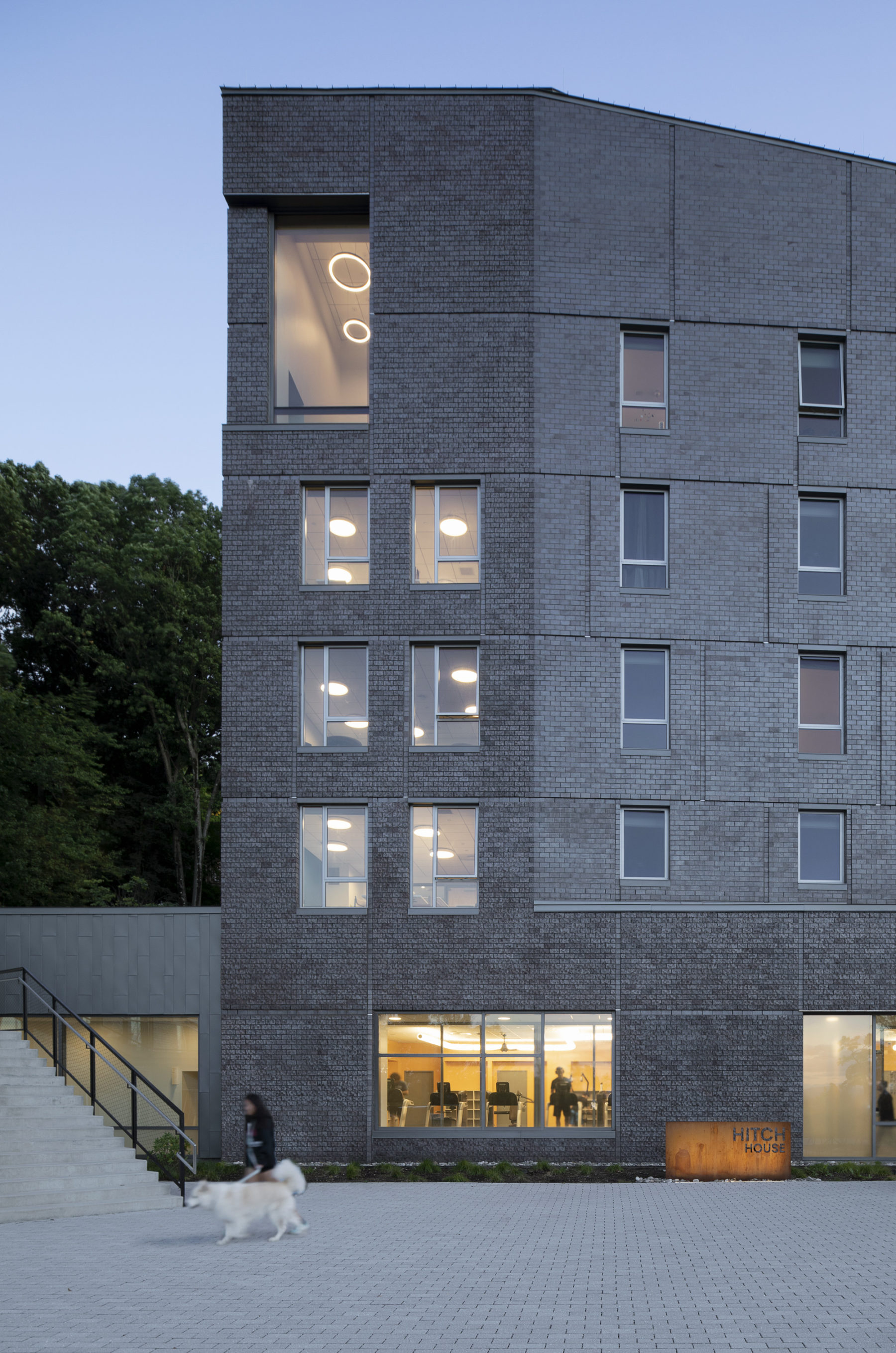
The new housing cluster will foster student wellness, with a balance of work and play while providing community identity. Key programs, including classrooms, a fitness center, a café, and multi-purpose spaces support mental and physical health for students immersed in rigorous academic programs. As a university with five colleges and a variety of degree programs that emphasize project-based learning — Lehigh presents an opportunity to foster an intellectual life based on interpersonal connection.
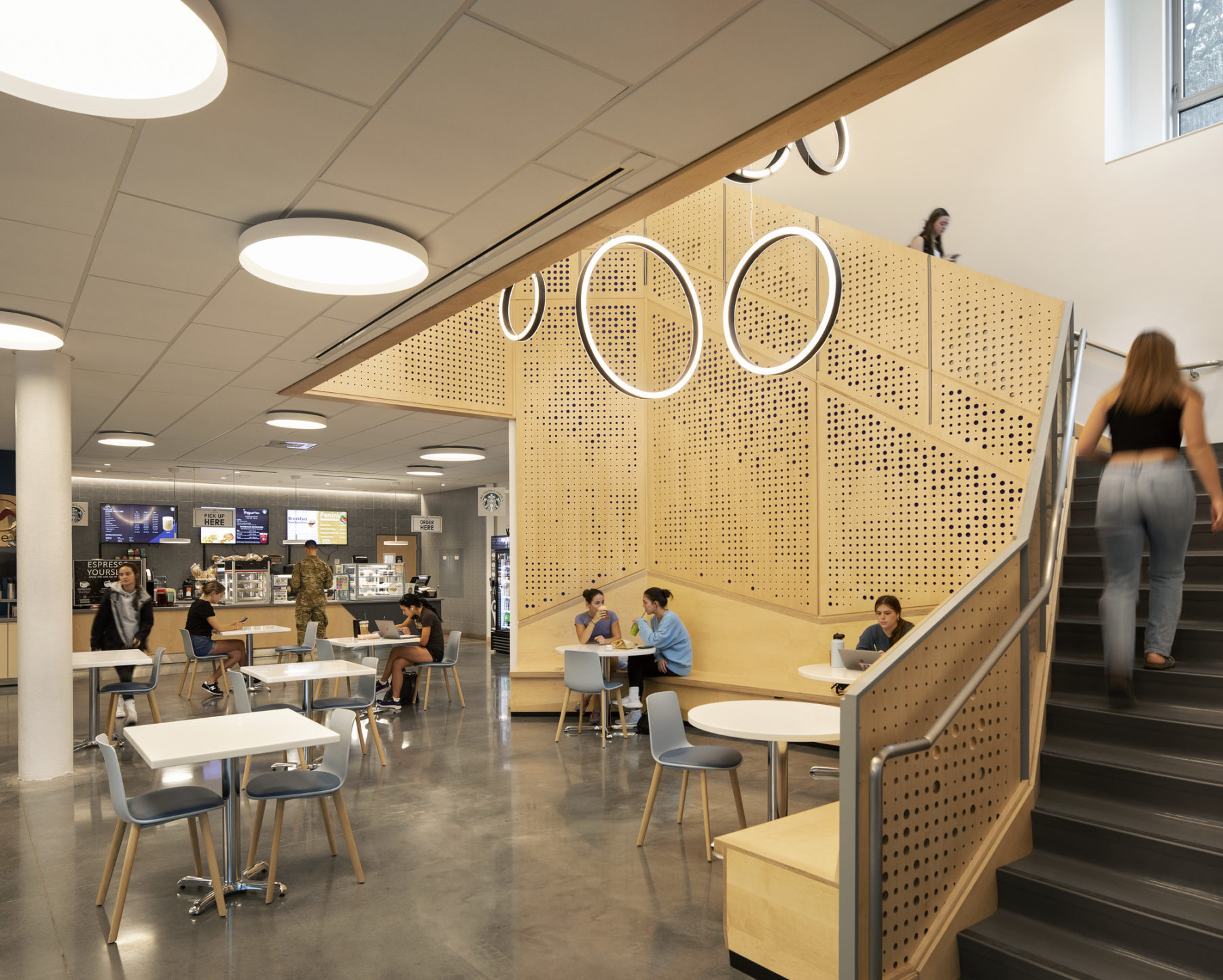
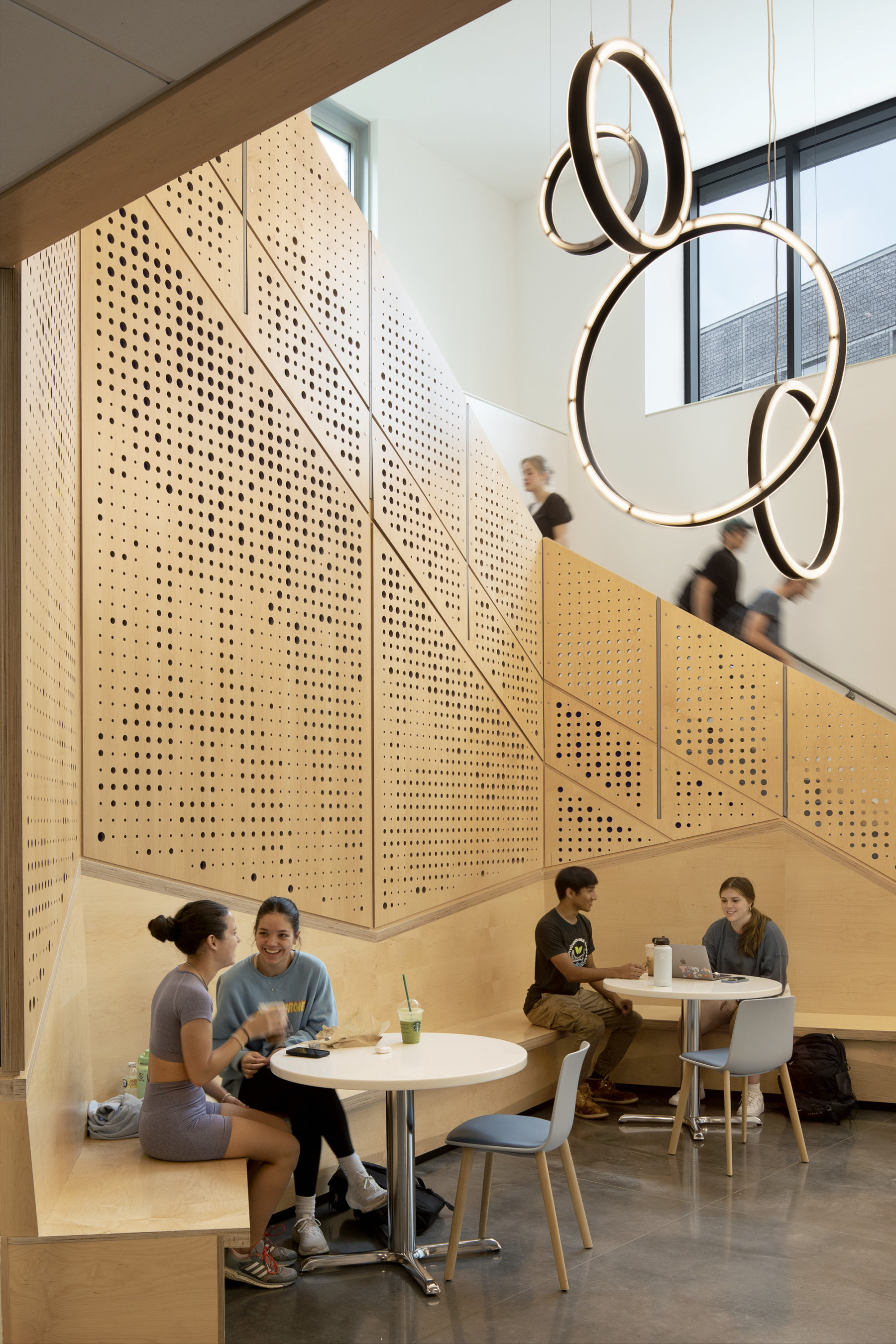
Café
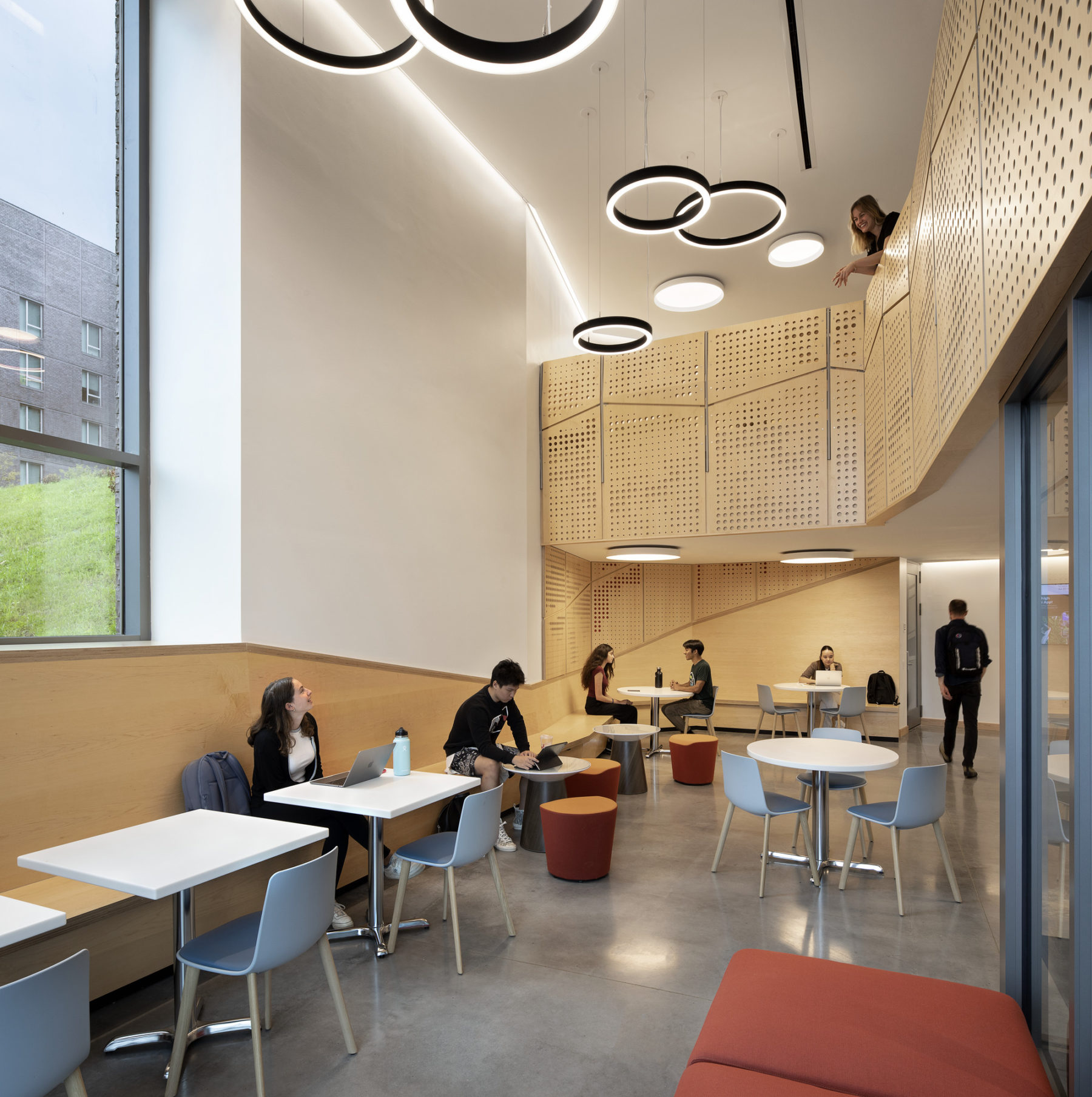
Building entry
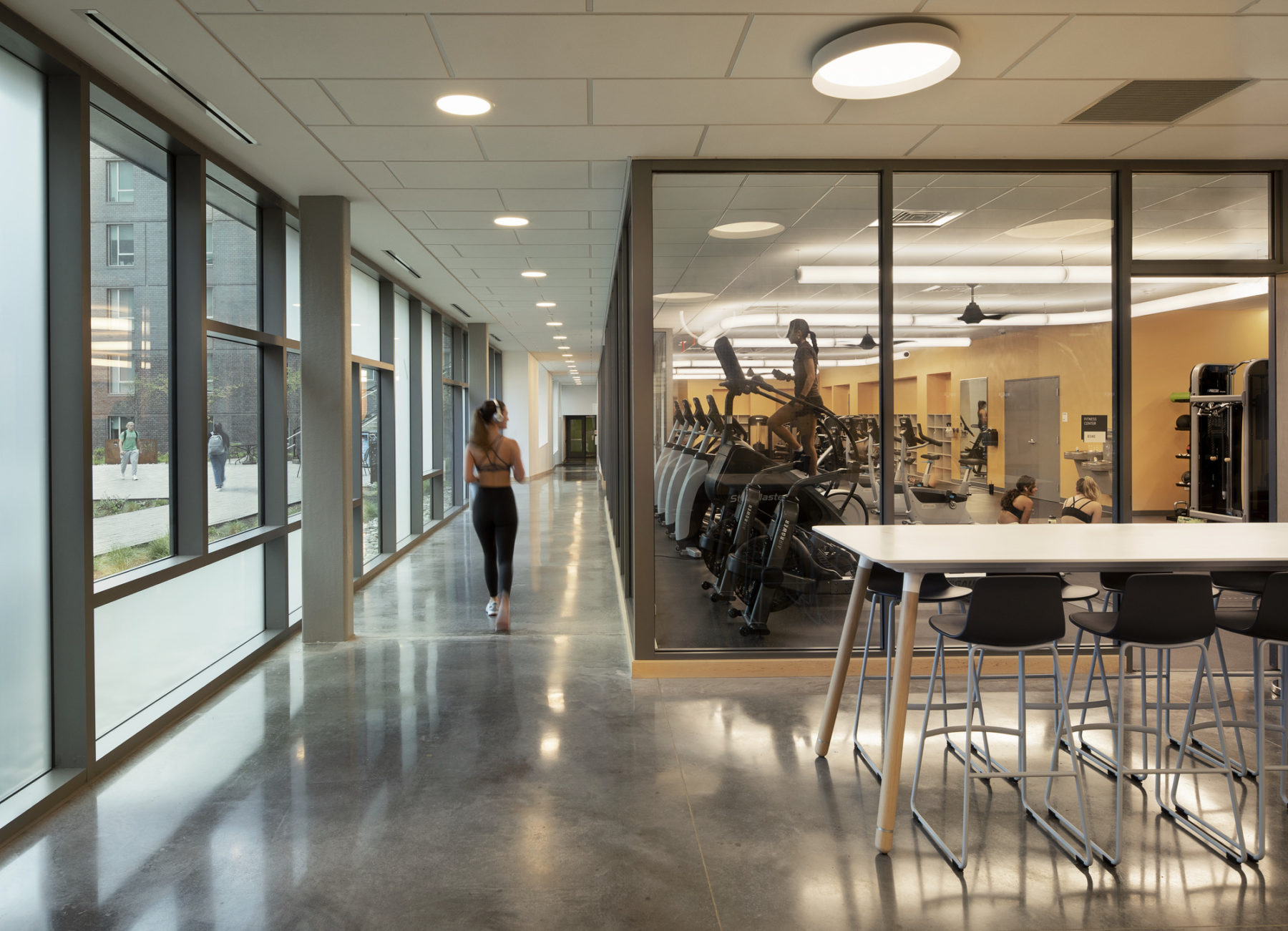
Fitness center
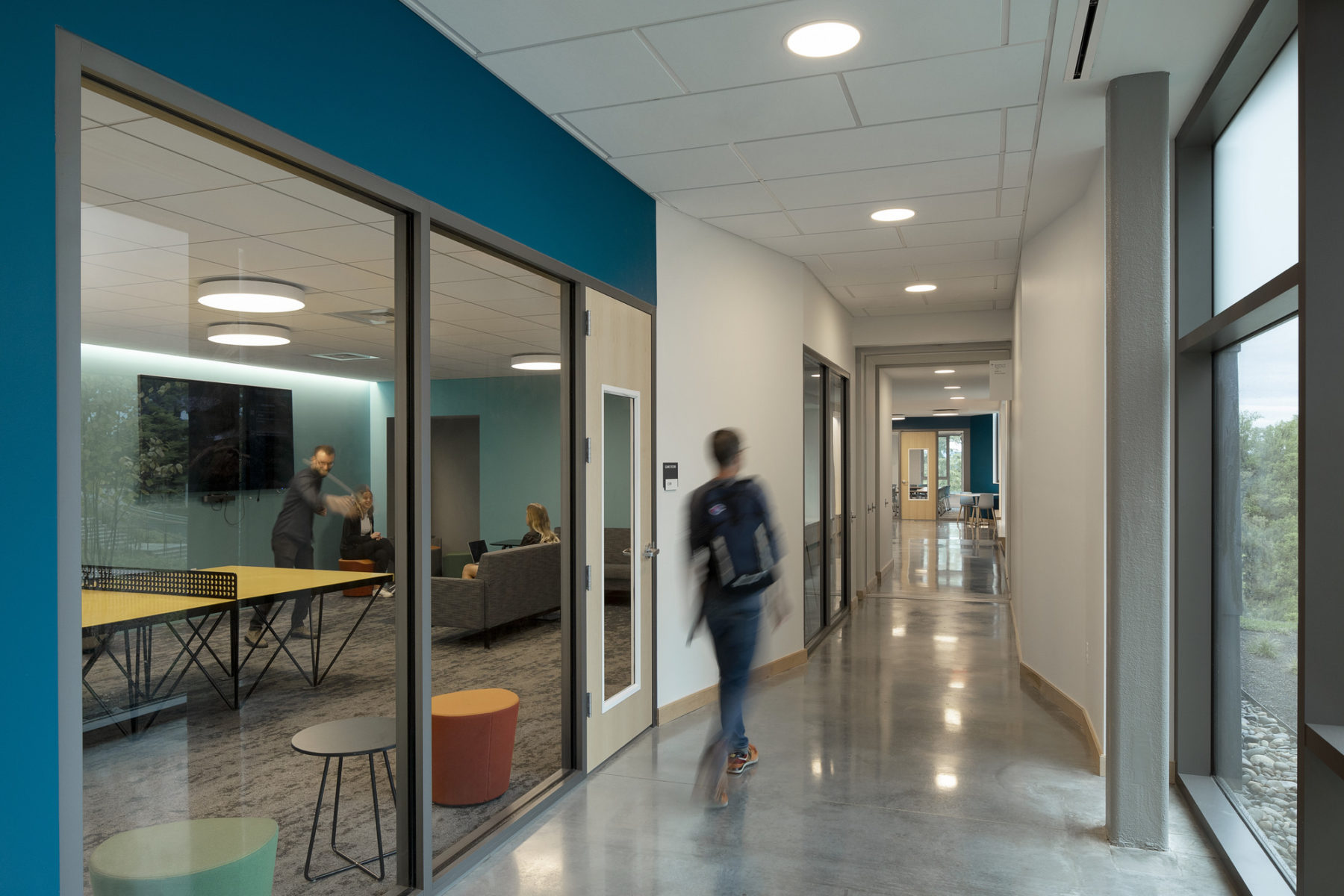
Shared living room
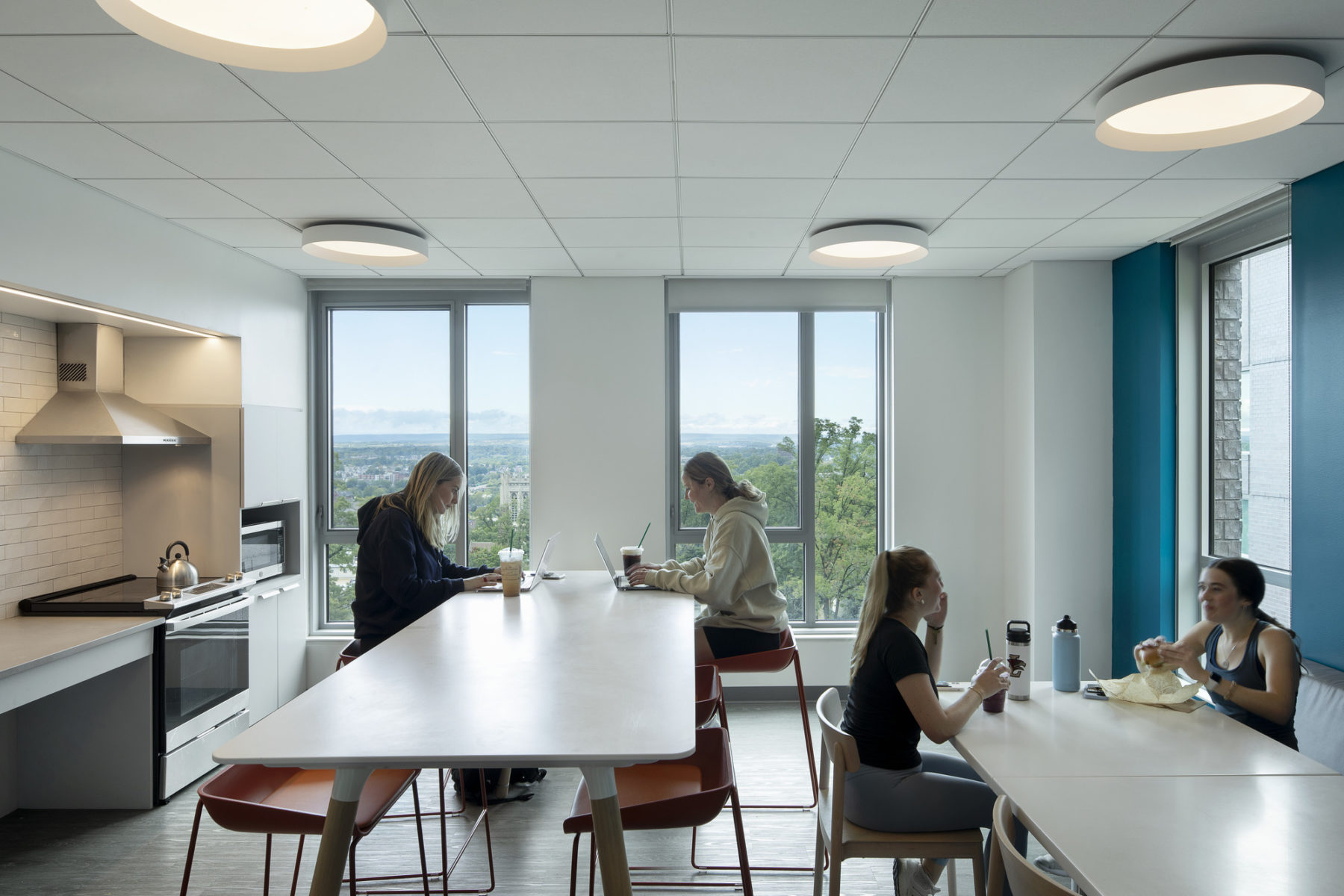
Shared kitchen
Café
Building entry
Fitness center
Shared living room
Shared kitchen
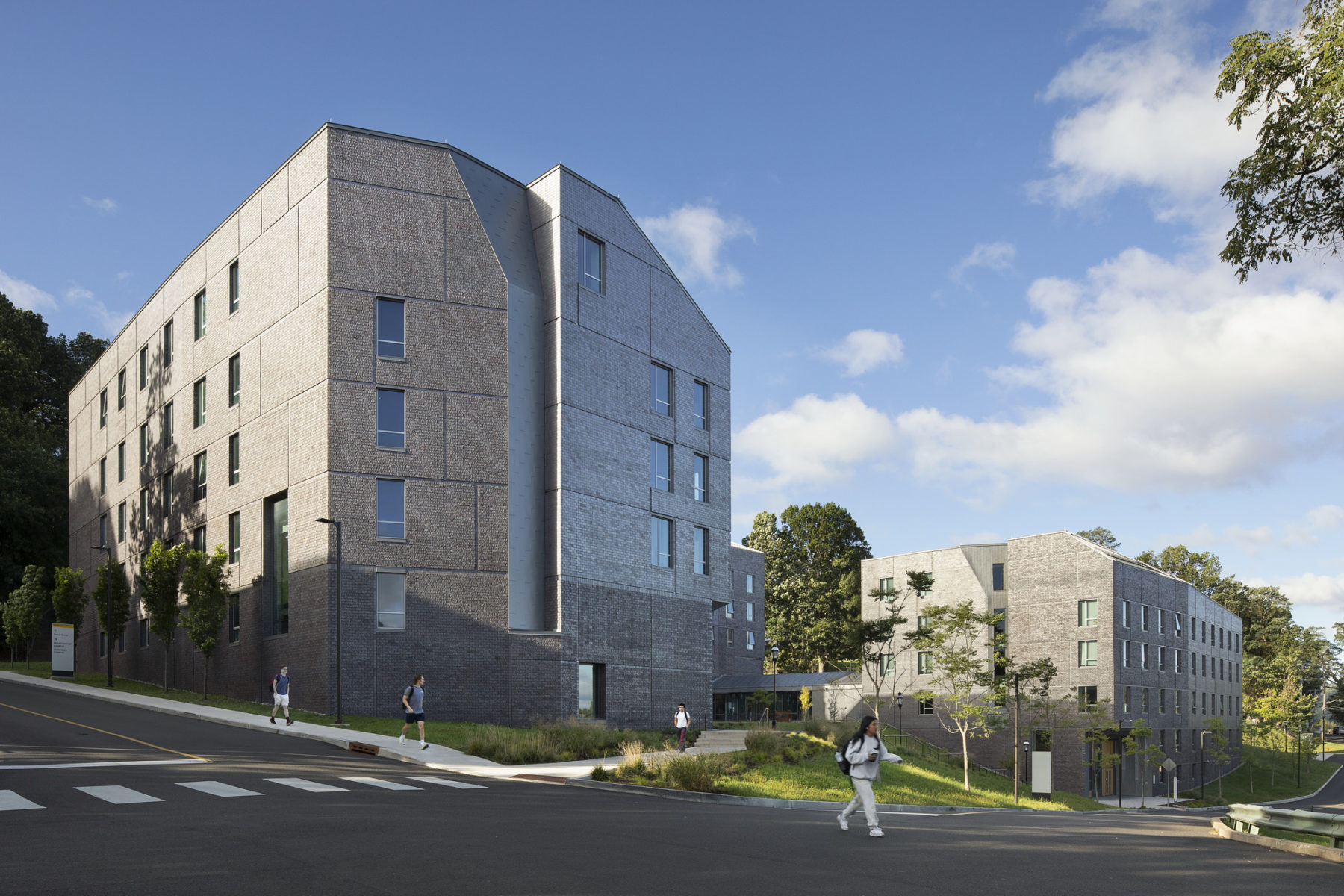
Reflecting Lehigh’s impressive history as a leader in science and engineering, environmental stewardship and sustainability are key components of the neighborhood. Specific strategies proposed include an integrated suite of stormwater management components, energy-efficient building systems, and a solar hot-water demonstration system.
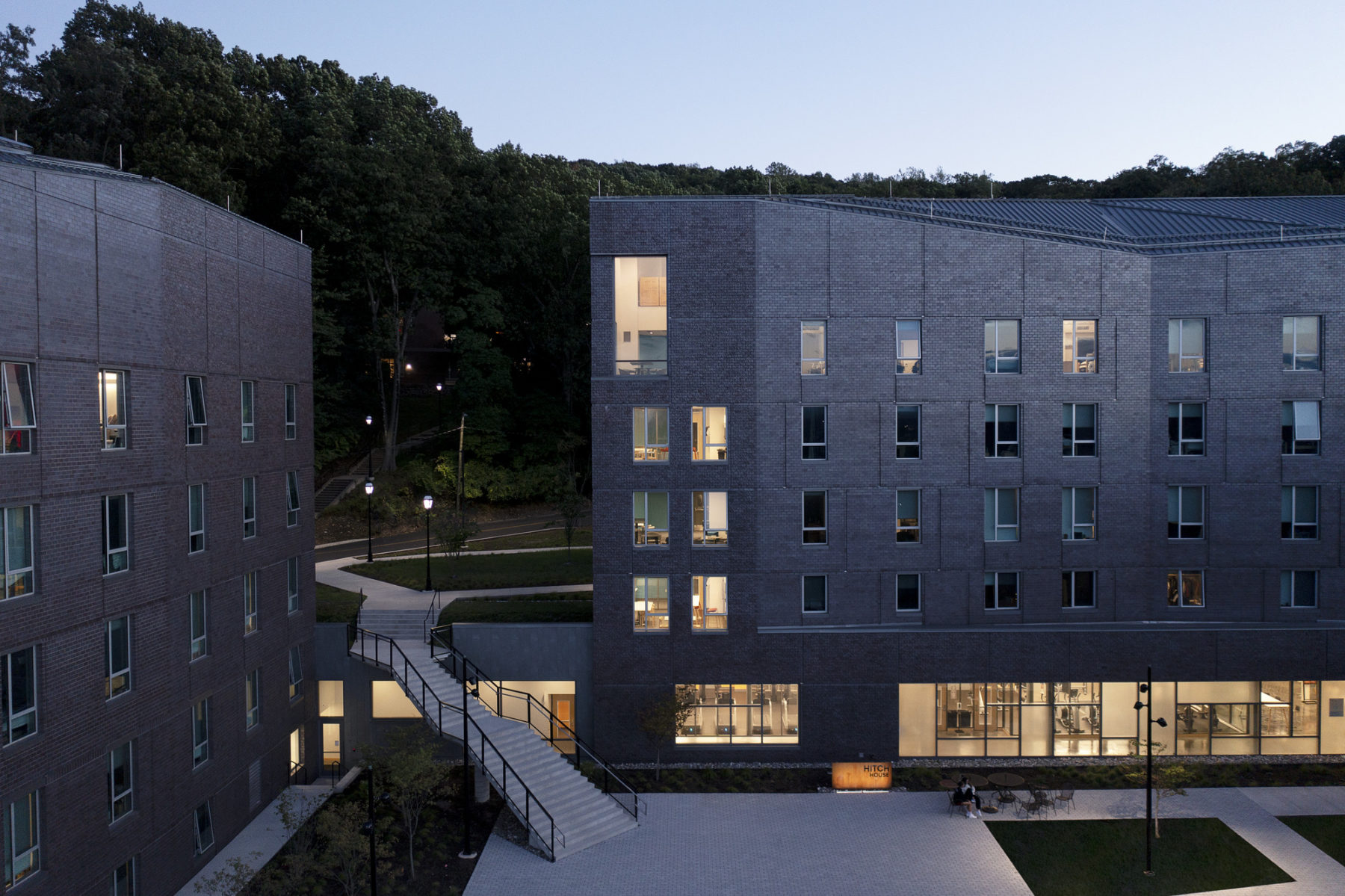
An integrated stair case connects landscape paths while navigating the steep grade change on site
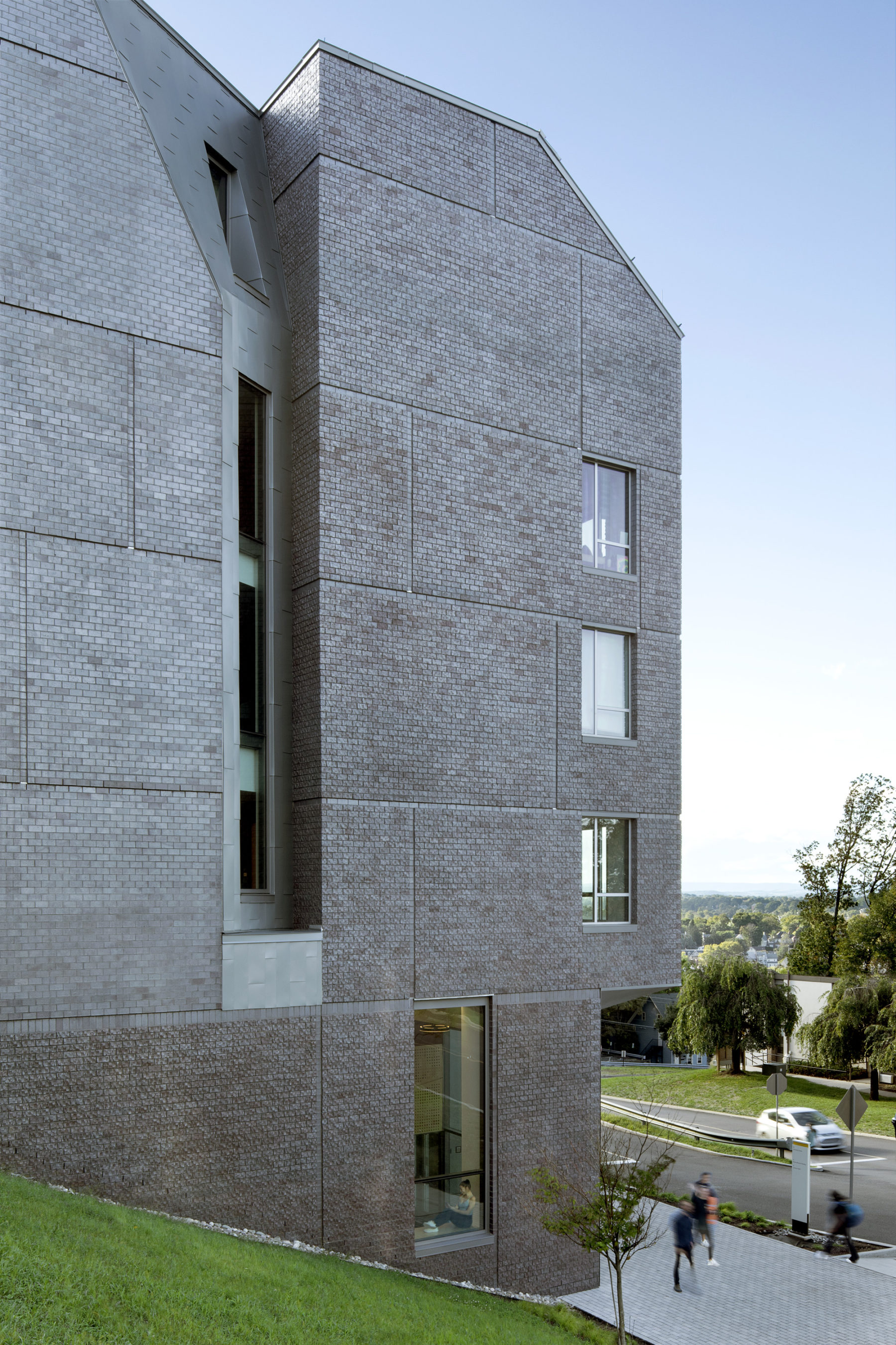
Take a tour of the three new buildings with our client at Lehigh:
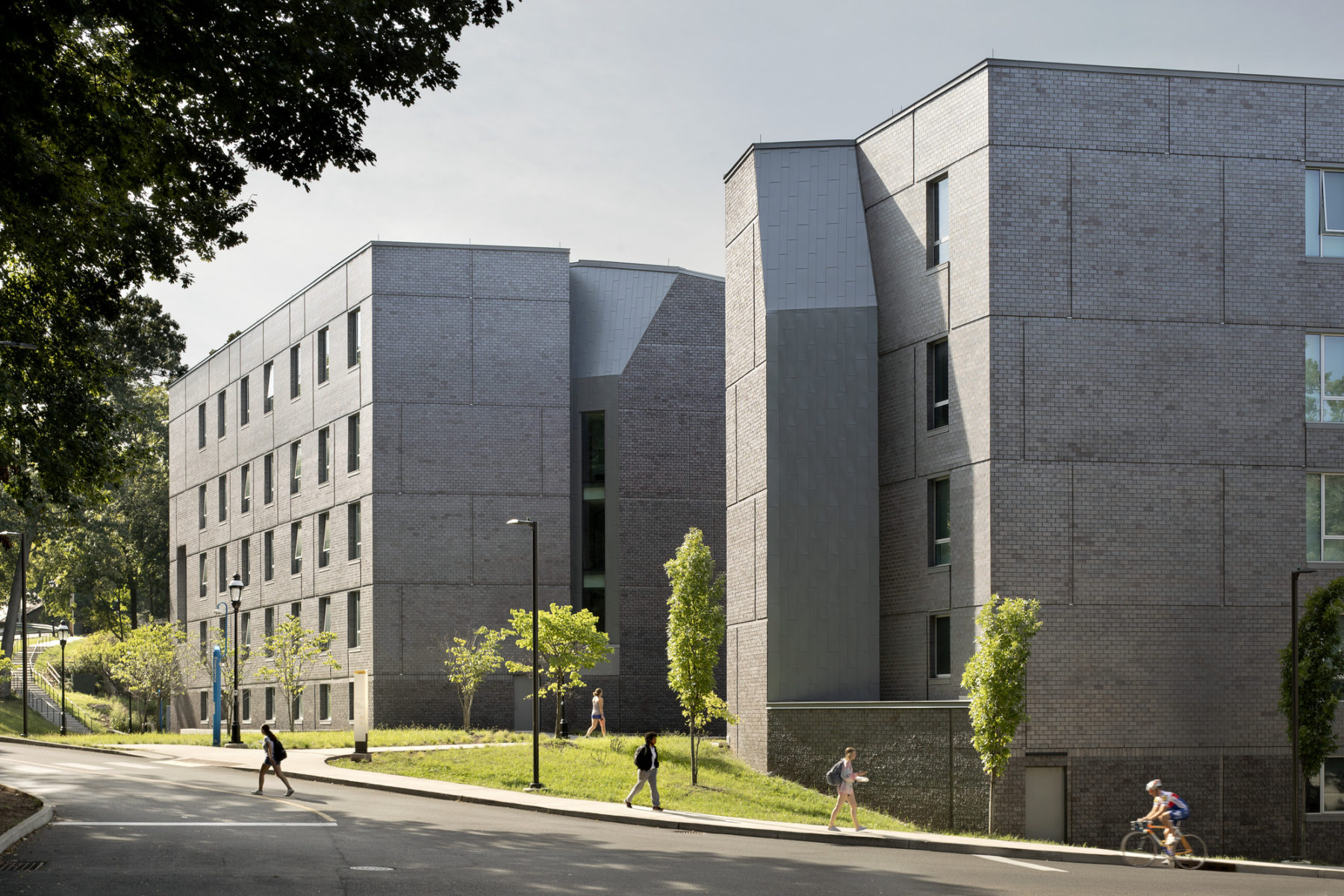
For more information contact Vinicius Gorgati.